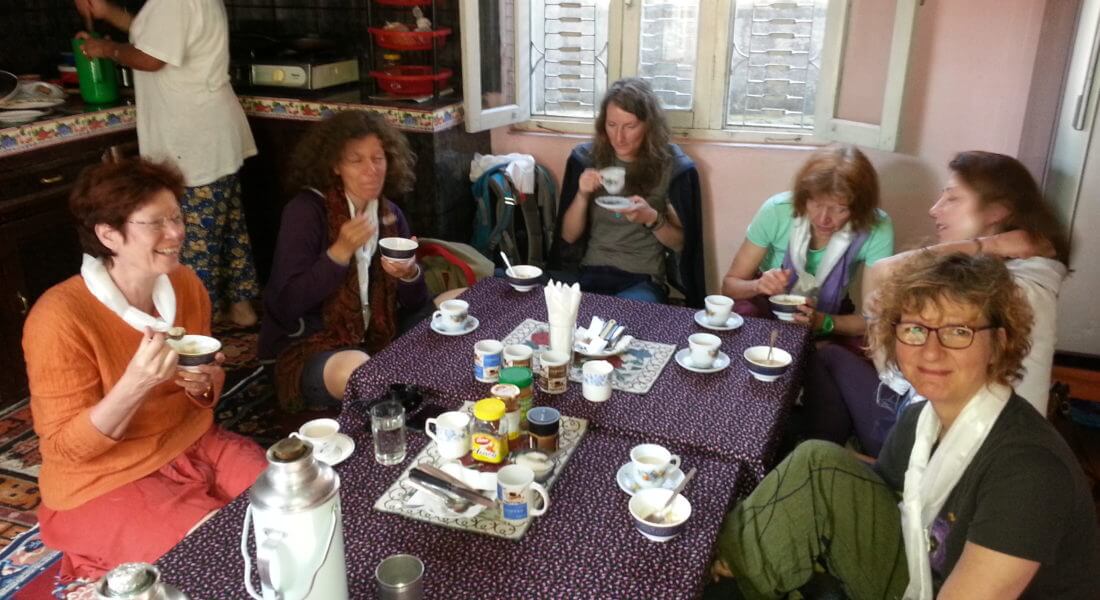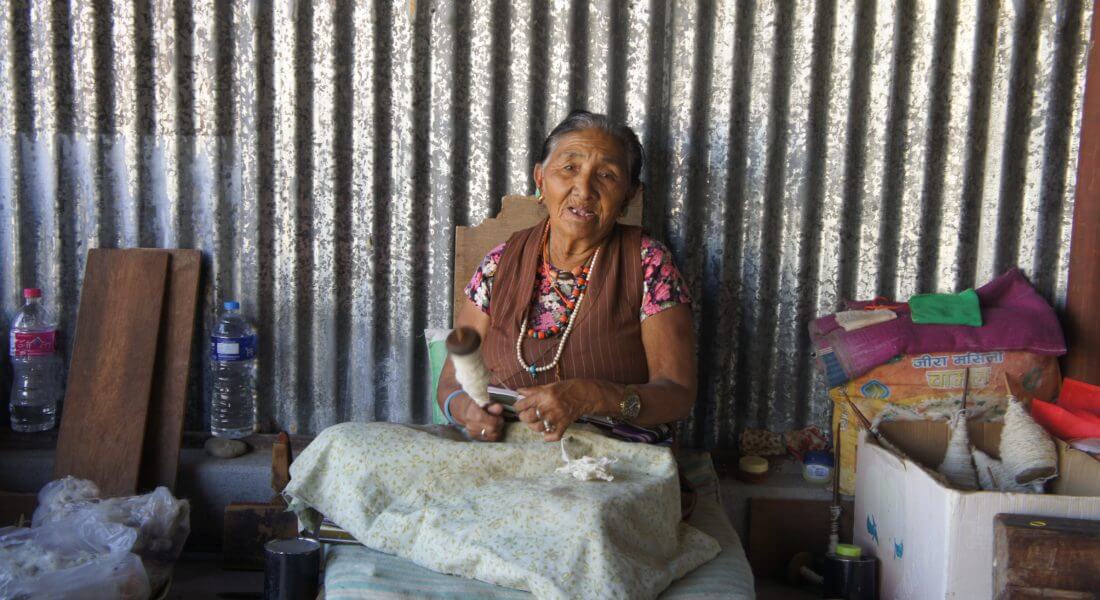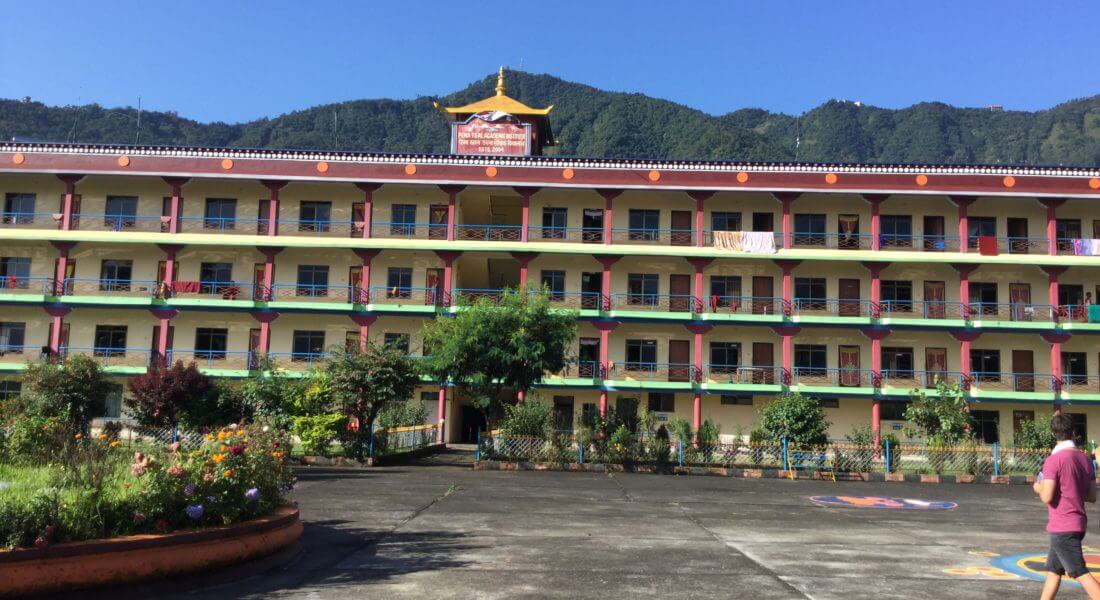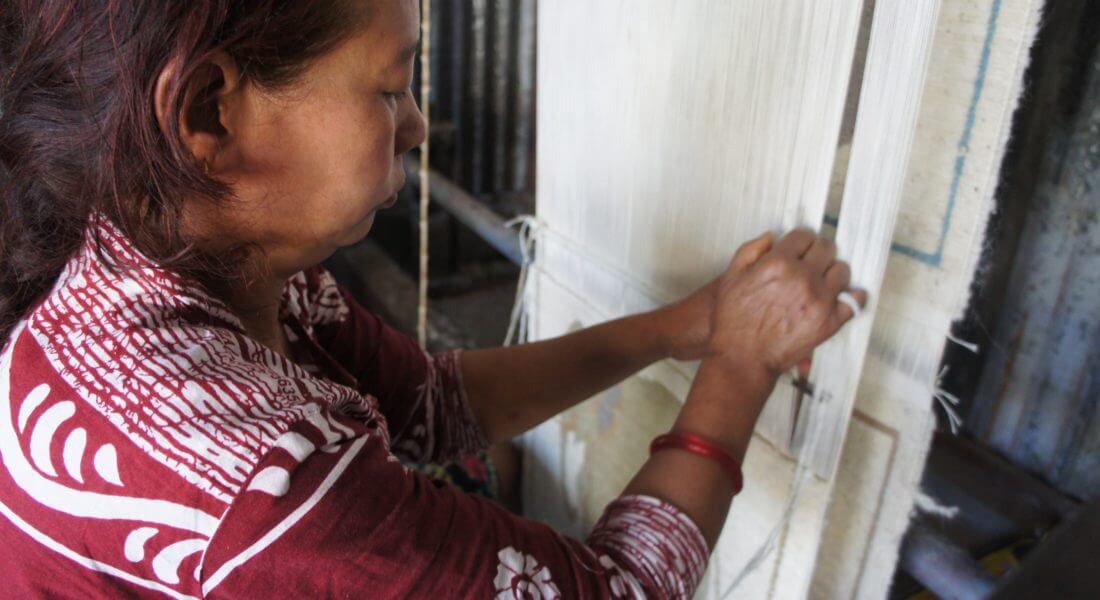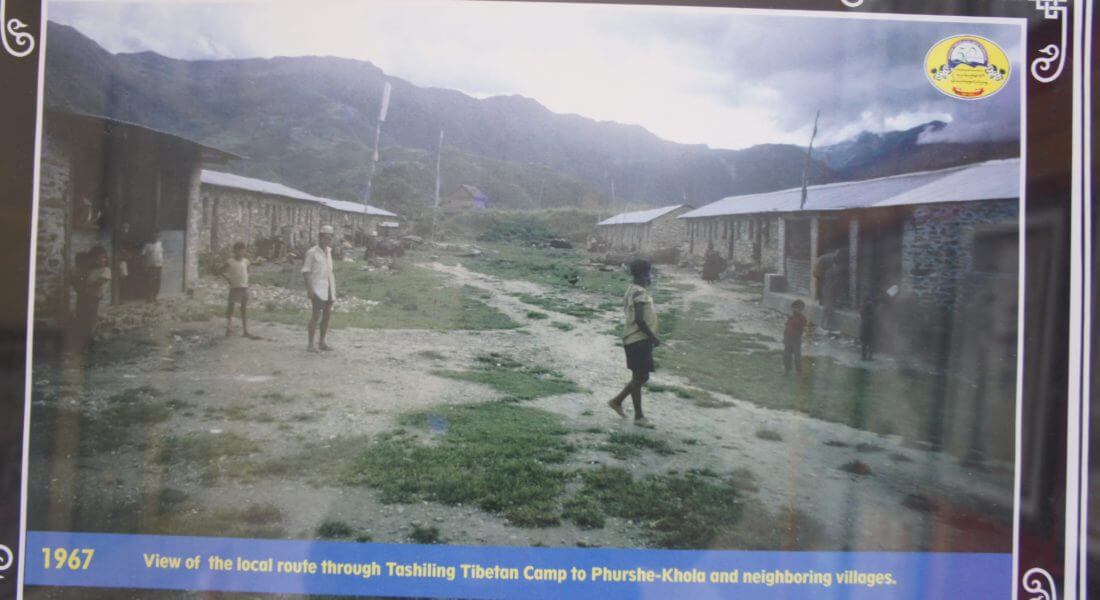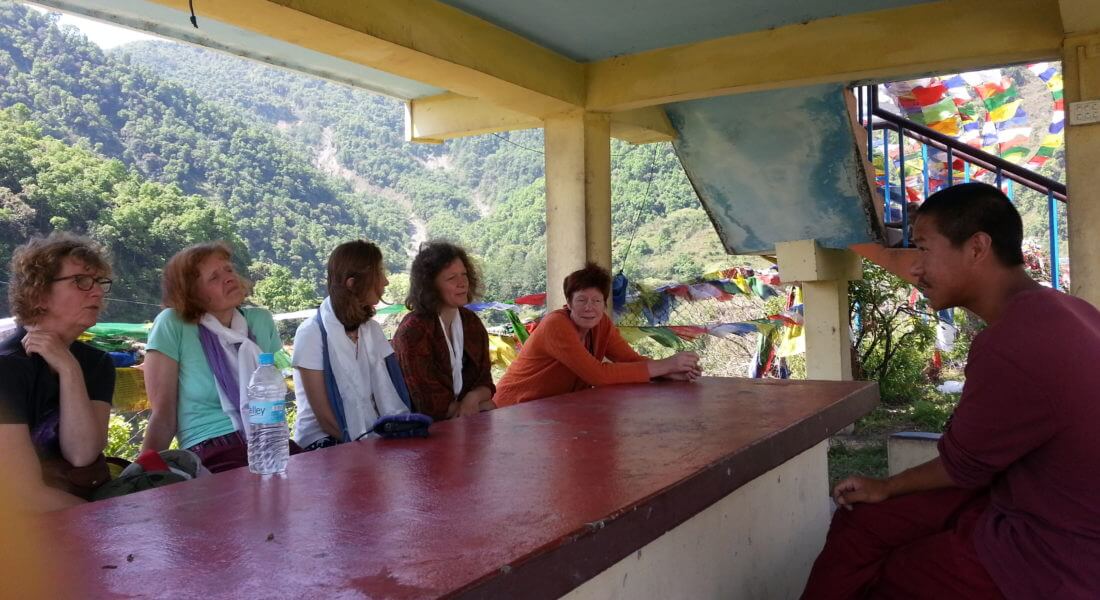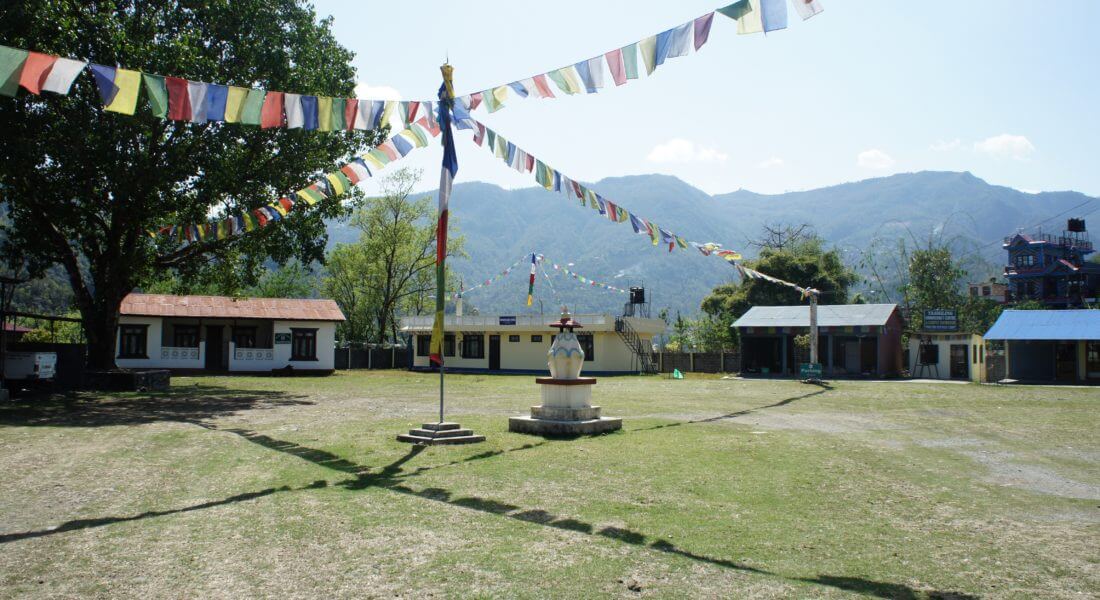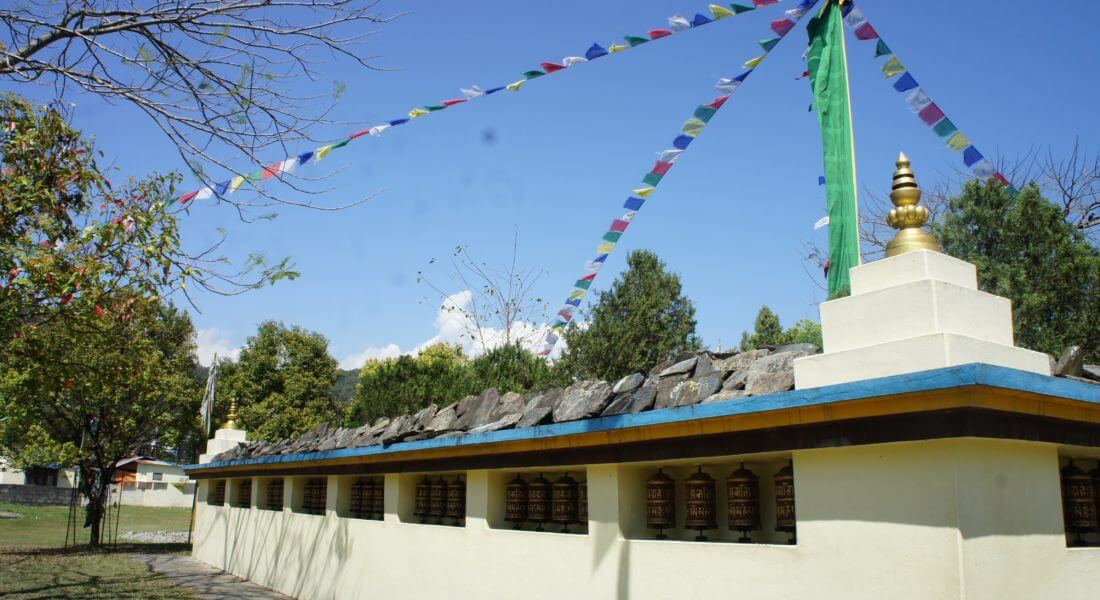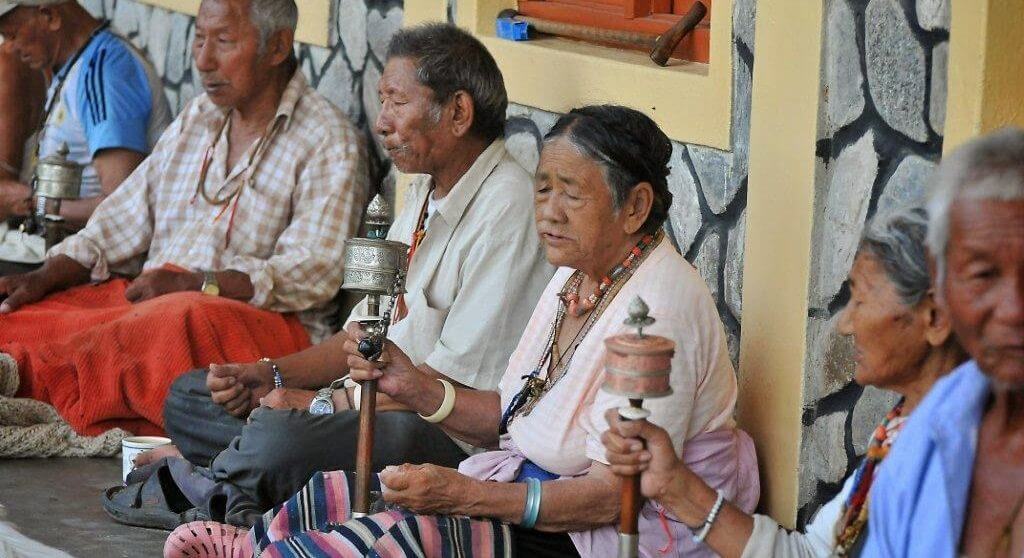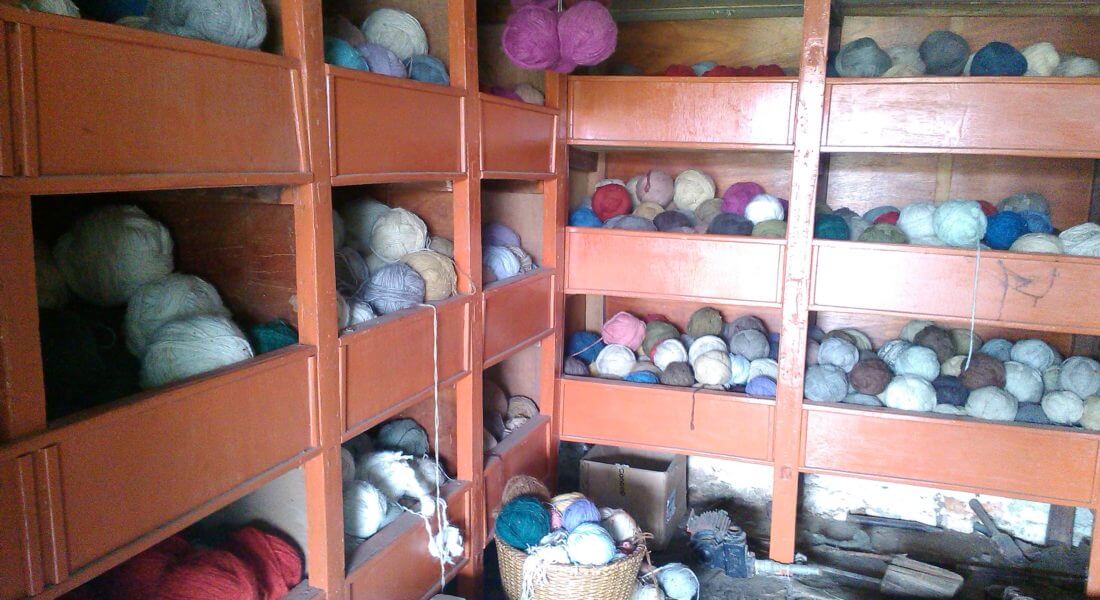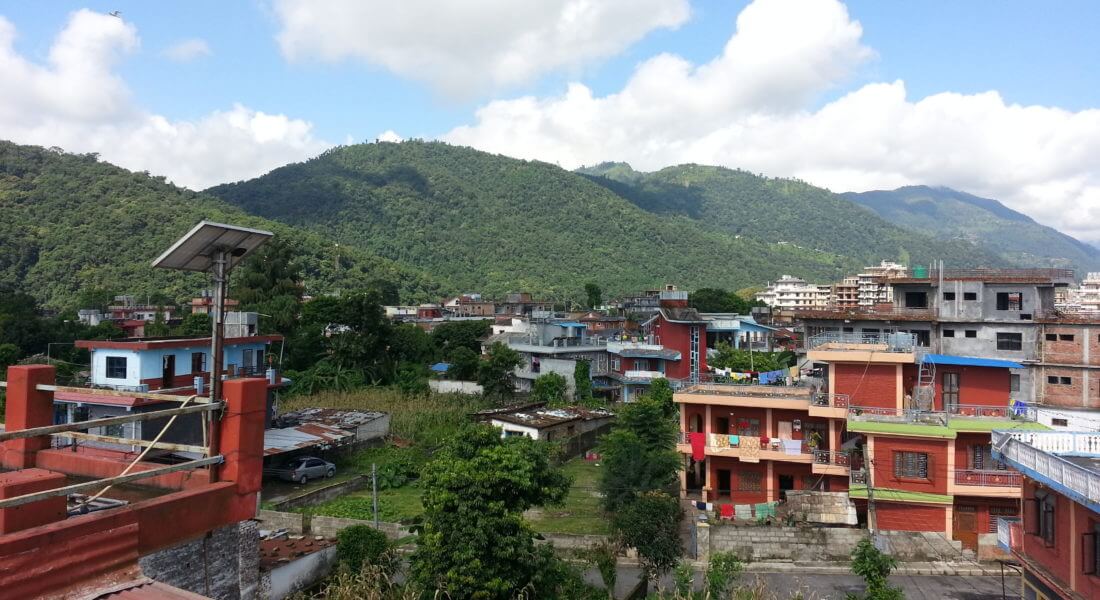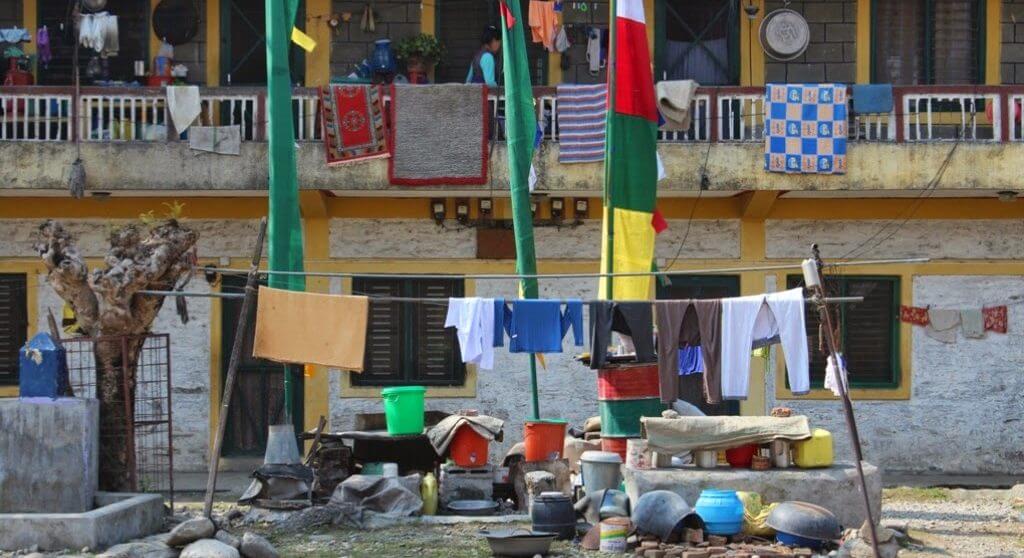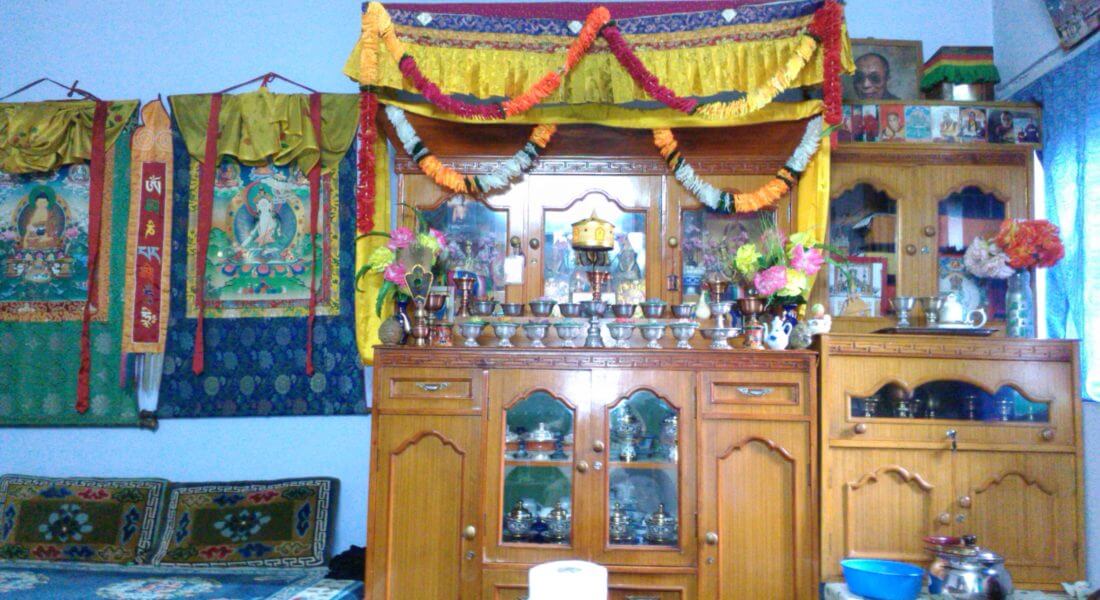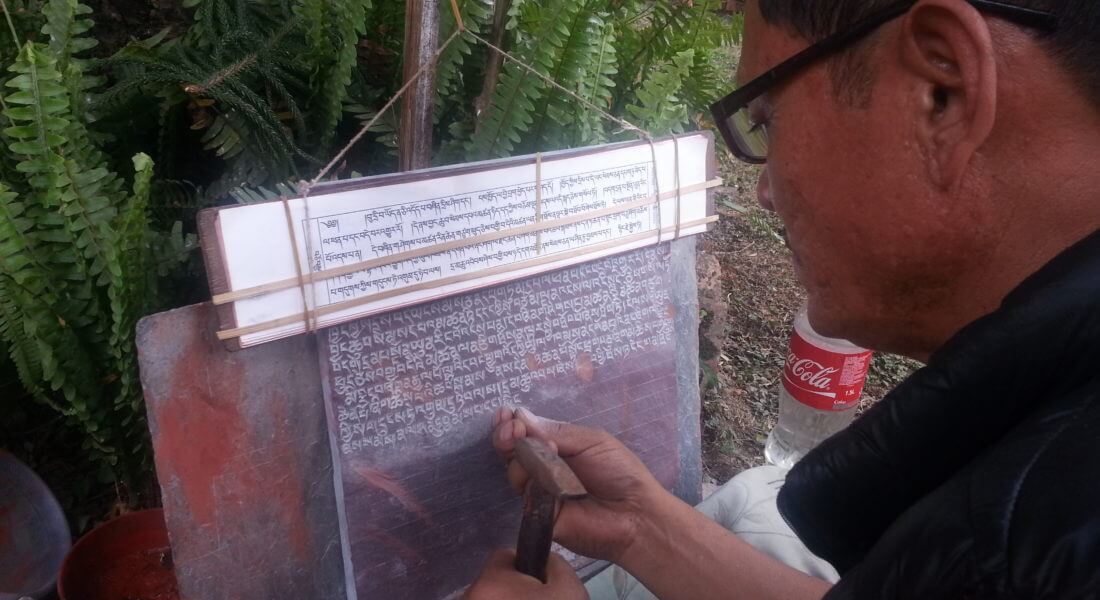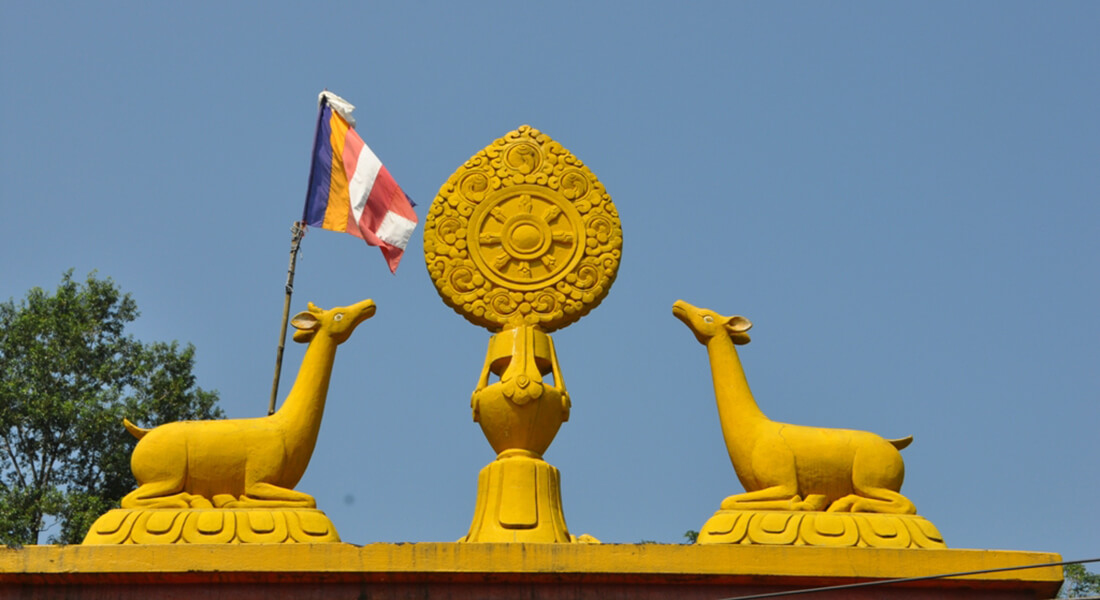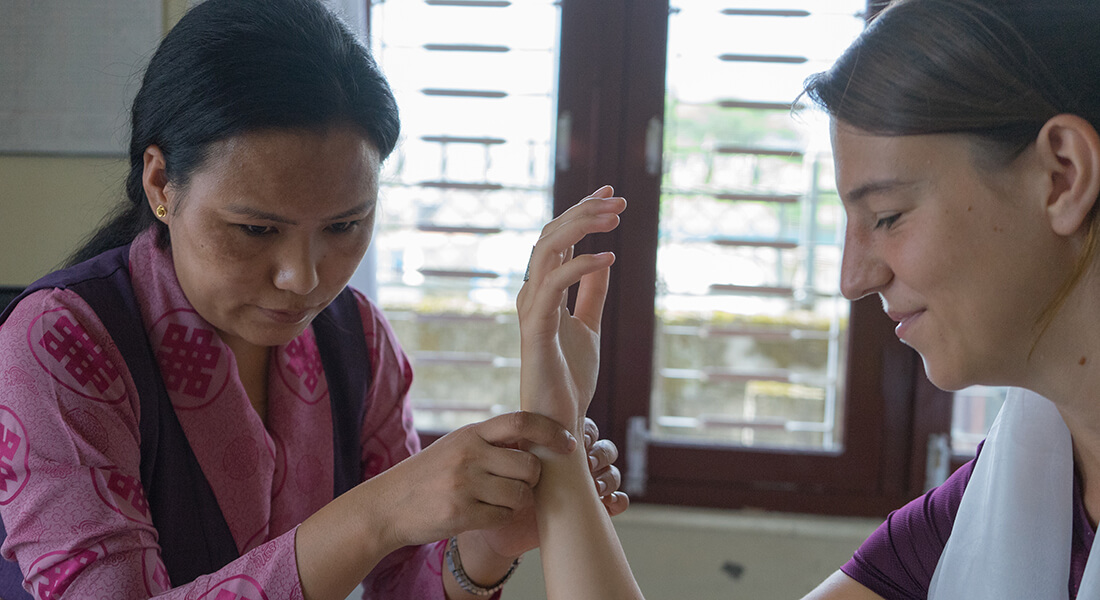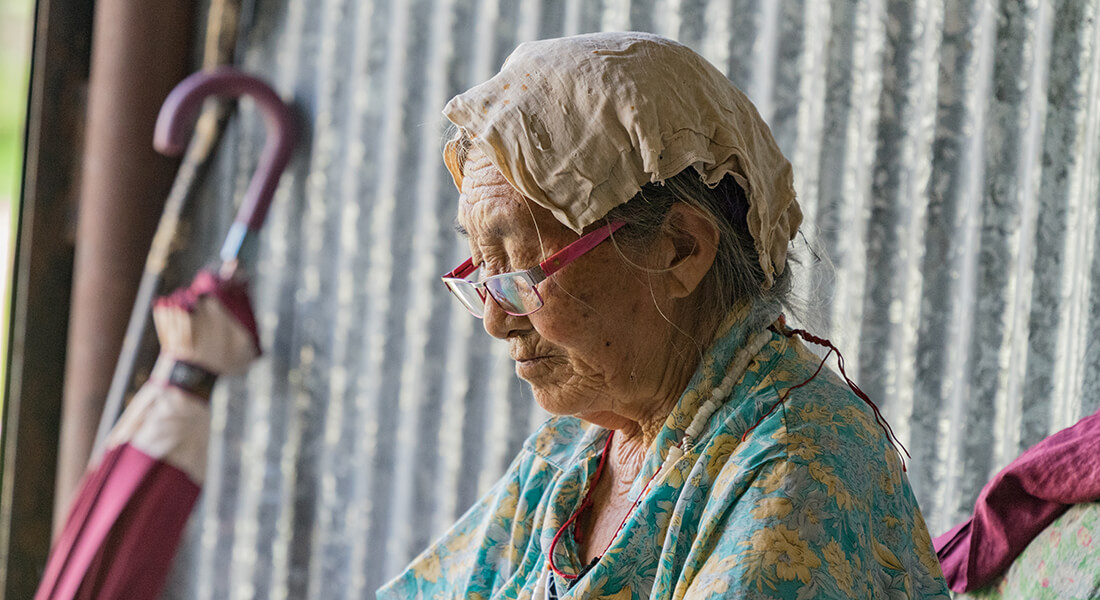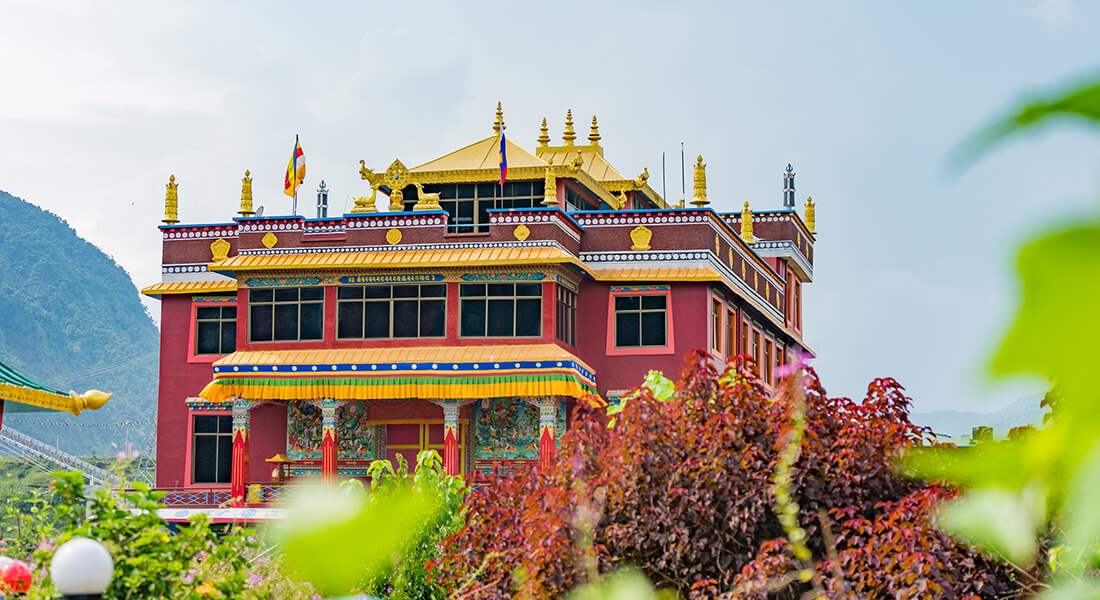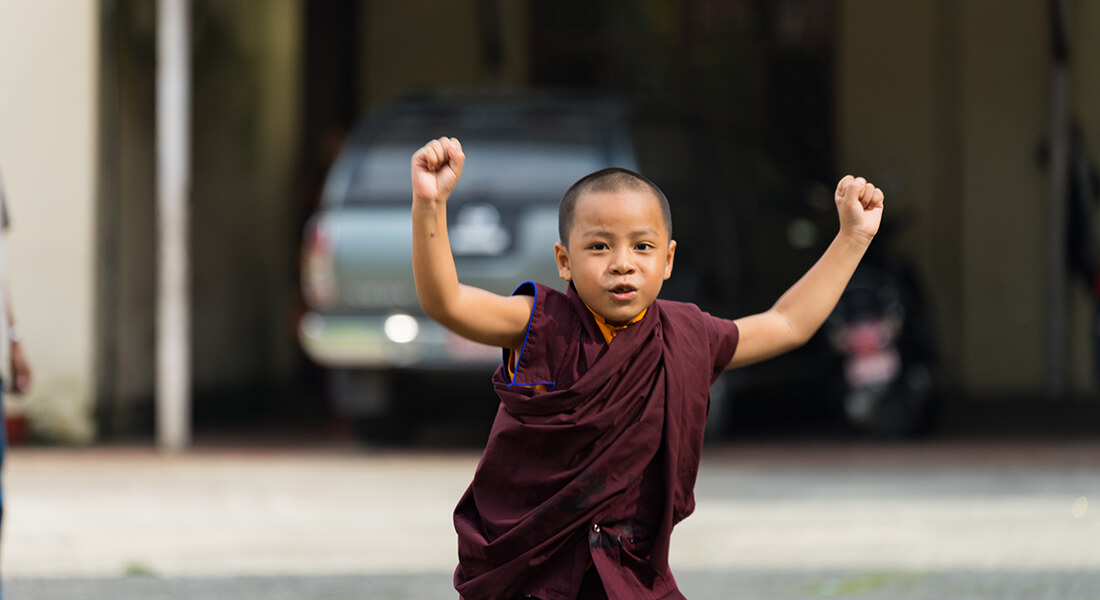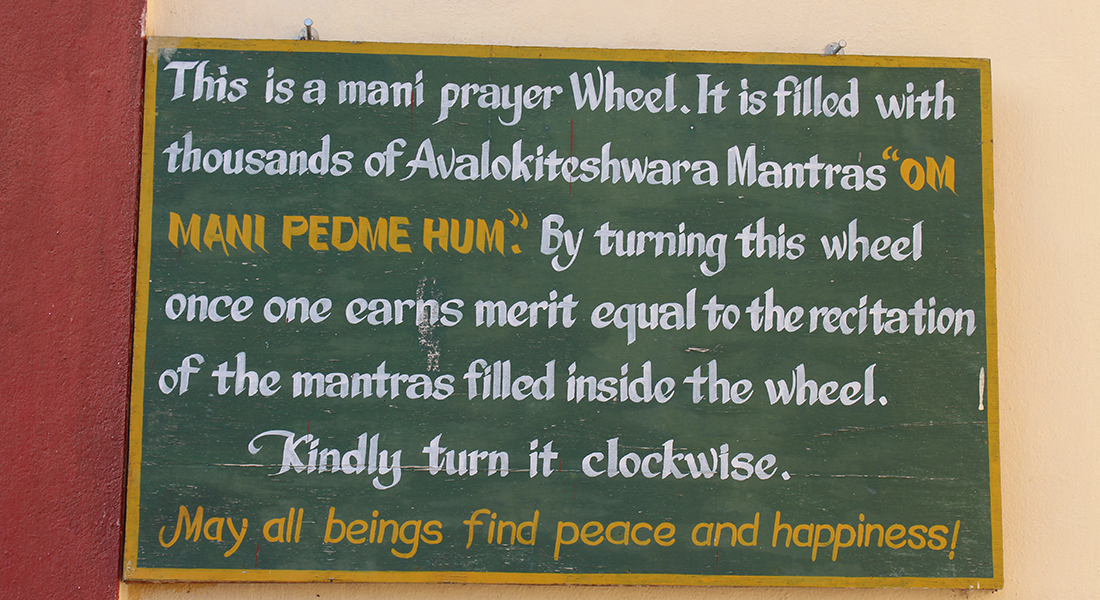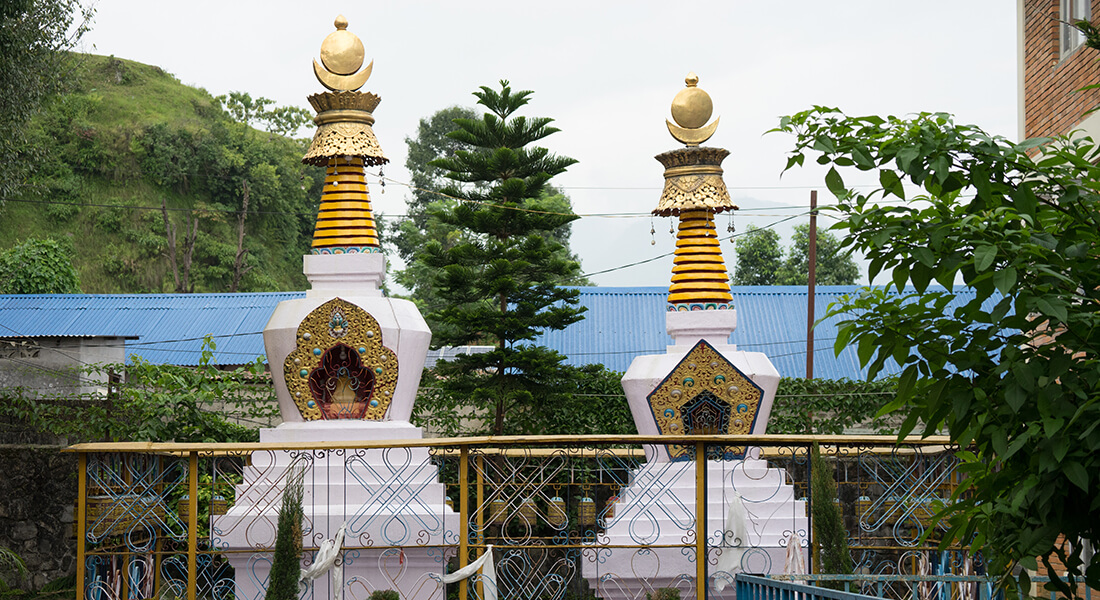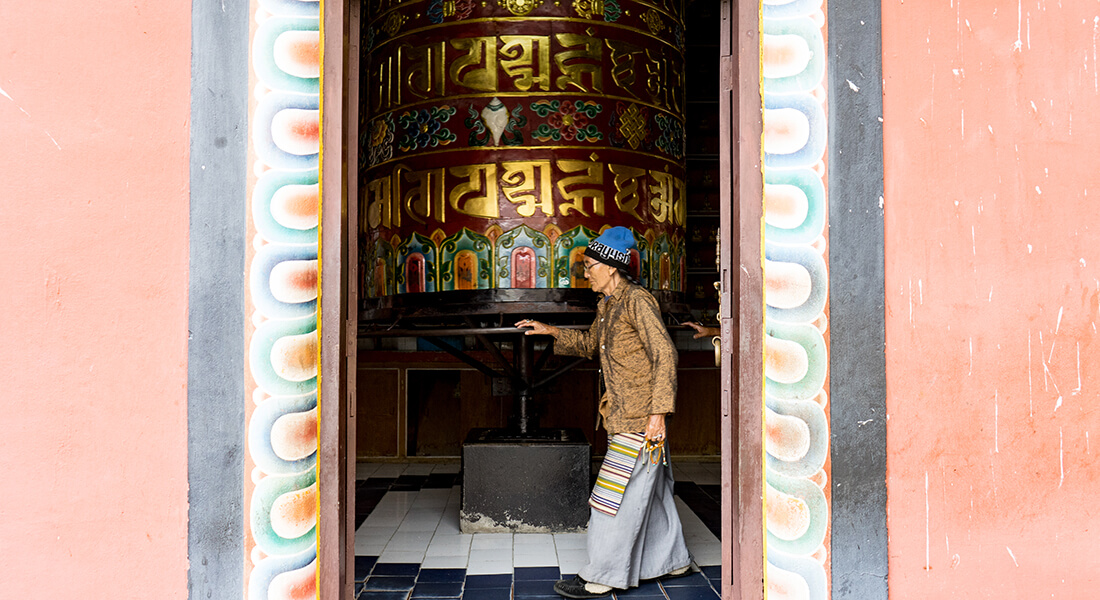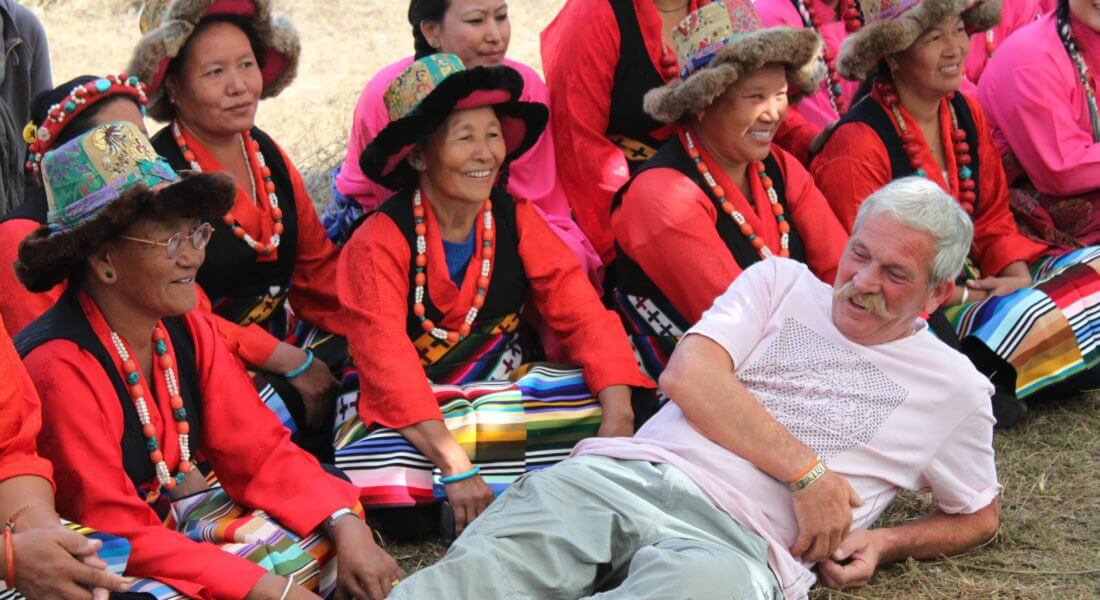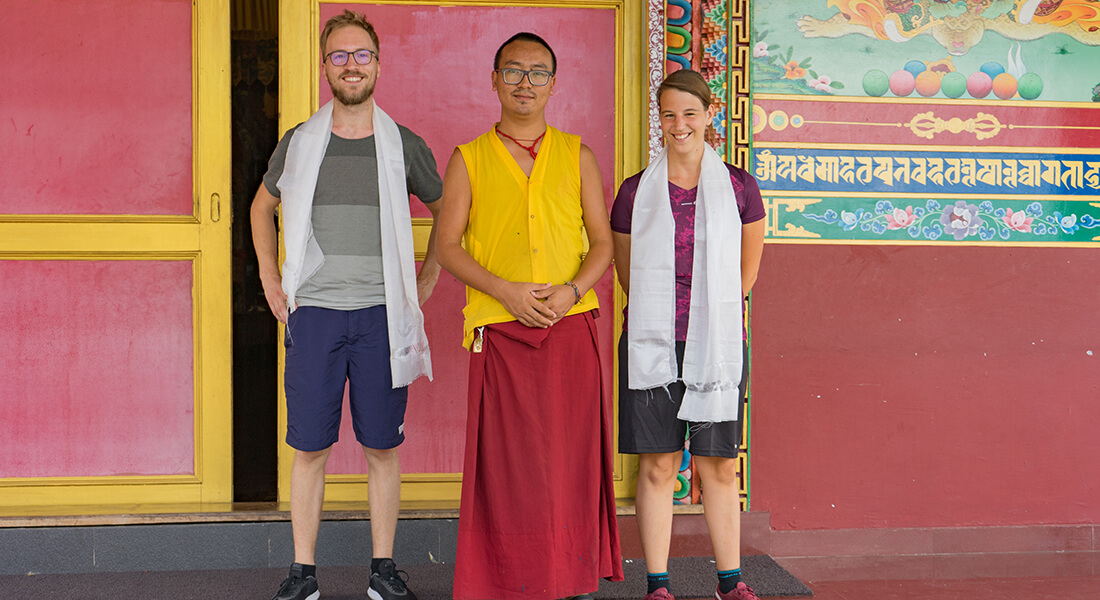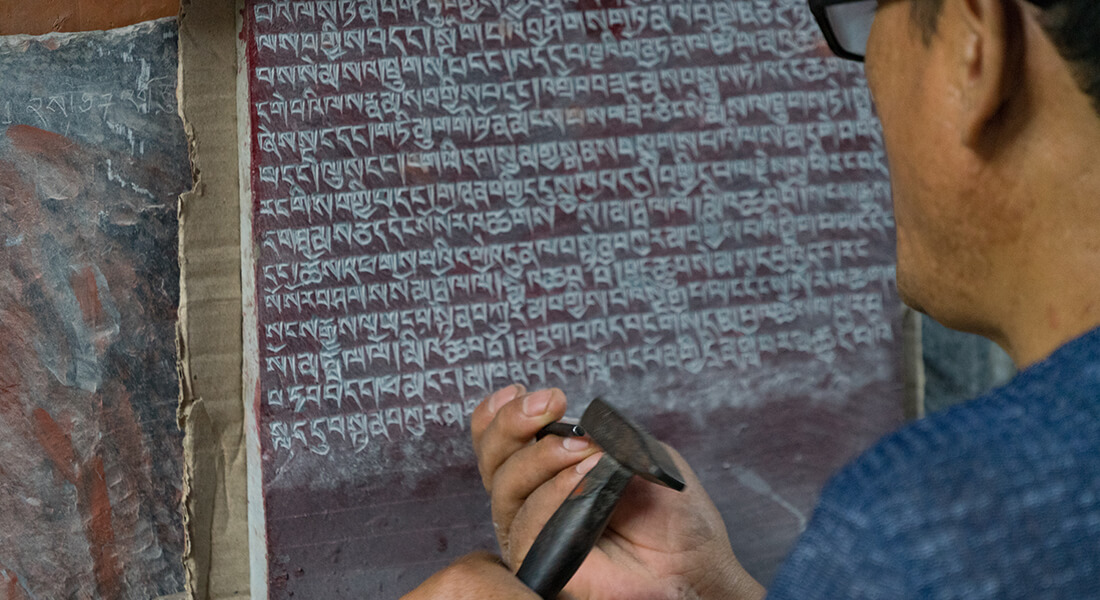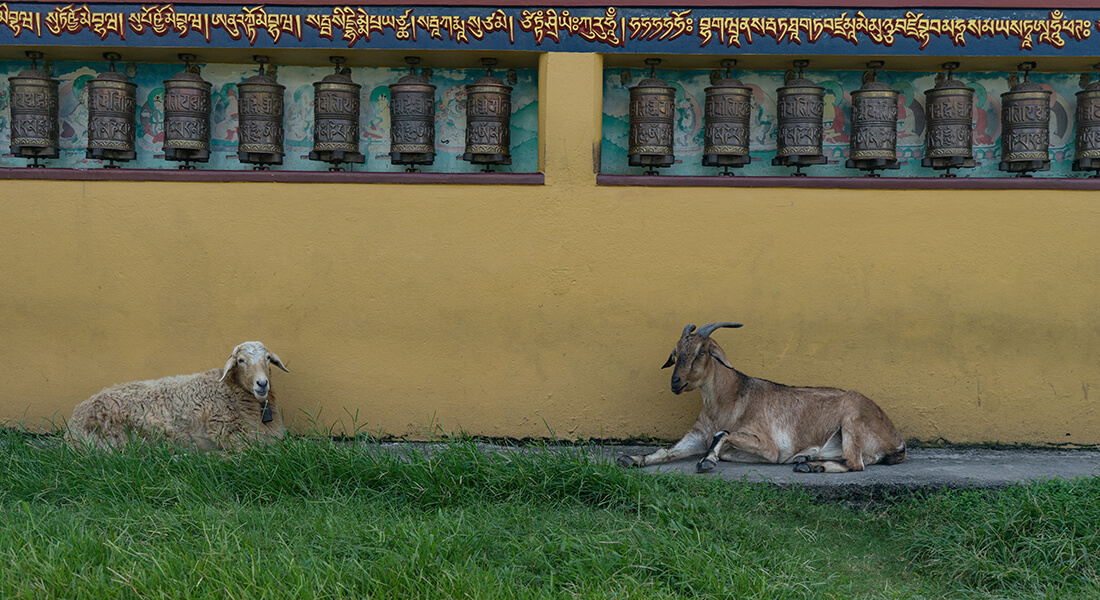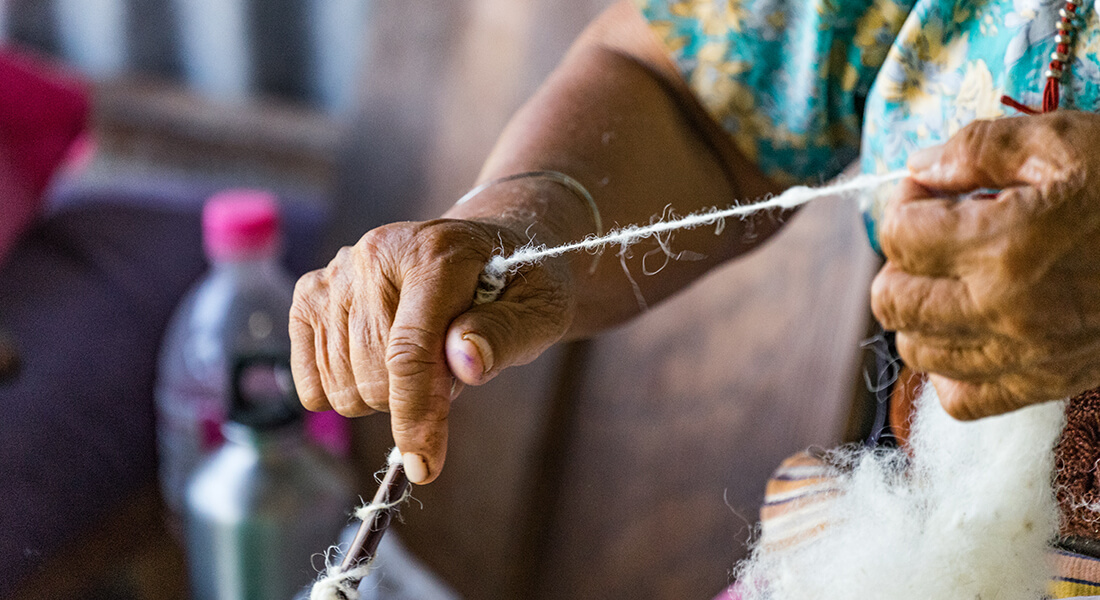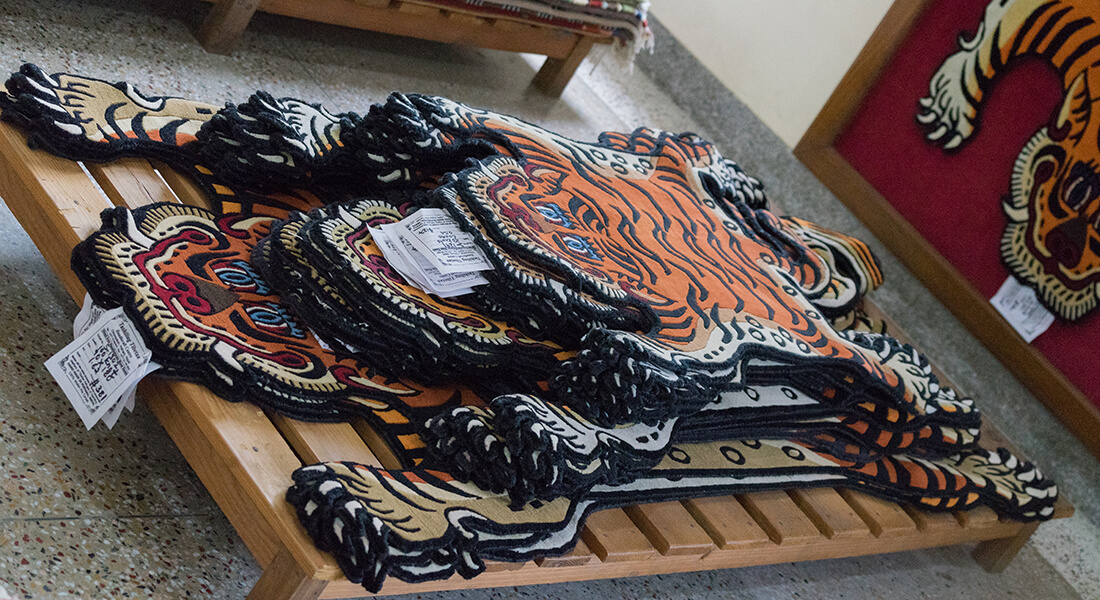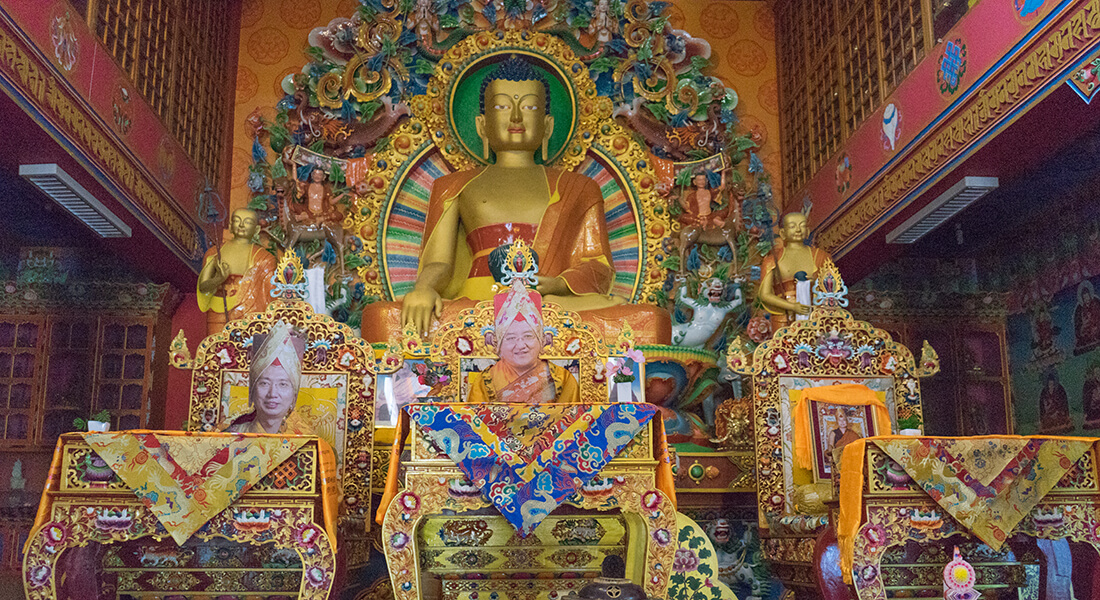History of Tibetans in Nepal
From ancient times, Nepal and Tibet enjoyed a close relationship in the field of economic, diplomatic, and cultural exchanges.
In the Seventh Century, King Songtsen Gampo of Tibet married the Nepalese princess Bhrikuti who, together with the imperial Chinese princess Wen Cheng, shares the credit for introducing Buddhism to Tibet. Bhrikuti brought with her an image of Aksobhya Buddha. Ramoche, the temple she builds in the center of a lake contains that image of Aksobhya Buddha.
Tibetans generally refer to her as Belsa, meaning “Nepalese wife”, “Tritsun” or “Royal Lady.” Chinese princess Wencheng brought with her an image of Sakyamuni Buddha as a young prince. Trulnang temple, which later came to be known as the Jokhang has that image.
Generally, Tibetans refer to her as ” Gyalsa,” meaning “Chinese wife.”Refugees in Nepal, based on historical facts and warm relations, the then Government of Nepal granted political Refugee status to those citizens who had to leave their country under compulsion. The world community appreciates Nepal’s support to the Tibetan refugees despite being geographically small countries and limited resources.
During this most difficult period in the more than 50 years of our national history, the people of Tibet will always remain grateful and indebted to the Government and the people of Nepal.
To learn more about Tibetan Culture – Come and take part in one of the Pokhara Tibetan Tours.
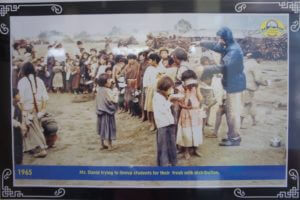 In May 1960, Nepal requested assistance from the International Committee of the Red Cross (ICRC) and other aid organizations.
In May 1960, Nepal requested assistance from the International Committee of the Red Cross (ICRC) and other aid organizations.
The ICRC established emergency relief programs for refugees.
The United States Agency for International Development funded most of these programs.
In response to the refugees’ plight, the Tibetan government established the Kathmandu Tibetan Welfare Office, a branch of the Tibetan Ministry of Home Affairs. The Tibetan Welfare Office functioned as a liaison between the refugees, various aid organizations, and the Nepalese government.
Also known as the office of Tibet, it continues to serve this vital role today.
In the early 1960s, the Nepalese government arranged to provide the first caseload of Tibetan refugees with land. It established four “temporary” settlements: (1) Chialsa, in the Solu Khumbu mountain range east of Kathmandu; (2) Tashi Palkhiel, on the outskirts of Pokhara; (3) Dhorpatan, in western Nepal; and (4) Jawalakhel, on the southern edge of Kathmandu.
The Nepal Red Cross (NRC), founded in 1963, purchased the land for these settlements with funds donated by UNHCR.
Click the image below to read more reviews

Today, more than a dozen settlements of Tibetan Refugees in Nepal still remain including:
- Jawalakhel, Boudha, Swayambunath, and Jorpati in the vicinity of Kathmandu;
- Tashi Palkhiel, Tashi-Ling, Paljorling & Jampaling in the Pokhara region; and
- Dhorpatan, Chialsa, Chairok, Shabrus and Lumbini in the northern regions of Nepal.
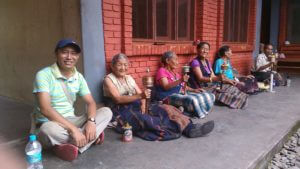 The majority of these were established either in the early to mid-1960s or in 1974 when the Nepalese government terminated the Mustang guerilla operation.
The majority of these were established either in the early to mid-1960s or in 1974 when the Nepalese government terminated the Mustang guerilla operation.
These camps have evolved into well-built settlements, each with a gompa (Buddhist monastery), chorten (stupa), school and health clinic and Tibetan have become a visible minority in the city.
About the settlements:
Jampaling was opened in 1975 and is one of the two main settlements established for the rehabilitation of Tibetans from the Mustang guerrilla force.
The community, which is located an hour east of Pokhara on the road to Kathmandu, has a small plot of agricultural land on which they grow maize, rice, and vegetables. Spinning wool in the traditional way by hand is their main source of income in the past.
It also has a monastery, school, dispensary and elderly people’s home. The current population is about 750.
Paljorling, which opened in 1972, was also established for the rehabilitation of Tibetans from the Mustang guerrilla force, although today the residents come from other areas as well.
Situated in the heart of Pokhara, it is the smallest (in terms of land area) of the four settlements. The community maintains a small noodle workshop.
In Paljorling, estimation of 325 Tibetans lives over there.
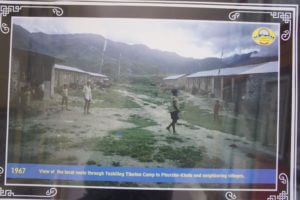 Tashi-Ling, located on the south side of Pokhara, began life as a temporary camp set up by the UNHCR (United Nation High Commission for Refugees) for refugees who gradually found their way to Pokhara from the border areas of Tibet.
Tashi-Ling, located on the south side of Pokhara, began life as a temporary camp set up by the UNHCR (United Nation High Commission for Refugees) for refugees who gradually found their way to Pokhara from the border areas of Tibet.
At its zenith in 1964, 1000 residents lived at this camp but numbers continue to decrease as many emigrate to India, Europe, Canada and the United States.
At Tashi-Ling, there are approx. 550 Tibetans residing.
The settlement is engaged in the souvenir business. The carpet factory provides employment and income for residents. In addition to schools, the community has one modern dispensary, a branch of the Tibetan traditional medical center, and a small monastery that welcomes visitors to attend pujas held at 5:30 am each morning.
Tashi Palkhel was established in 1962. It is located in the northern suburbs of Pokhara.
The main source of income for residents of this settlement, which at present number 660, is derived from selling souvenirs. The community has schools, a modern dispensary, a branch of the Tibetan traditional medical center, and a large monastery that welcomes visitors during a puja, held every afternoon at 3:30 pm.
Tibetans in Nepal
Estimates of the total number of Tibetan refugees currently living in Nepal differ.
Approximately 20,000 were believed to have arrived in 1959 during the initial conflict. Many more arrived in the ensuing years, however, these numbers were reduced as Tibetans emigrated to other countries.
According to the demographic survey of the Tibetan Exile conducted by the Central Tibetan Administration, Dharamsala in 2009, the population of Tibetan refugees in Nepal stands at 13,500.

Do you want to learn more about Tibetan Refugees in Nepal?
Tibetan Encounter Day Tours provide you with the unique opportunity to experience Tibetan Culture in Nepal – what it was like at the time when the Tibetan people were leaving Tibet, and what it’s like now.
The tours run in very small groups and you can ask as many questions as you want. Your guide Thupten loves to converse with you. You’ll be captured by his passion and knowledge of the Tibetan people in Nepal.
Have deep and meaningful conversations, learn from first-hand experiences, and find out what it was like in Tibet before the Chinese invasion.
Understand why the Tibetan refugees in Pokhara left Tibet and how they choose Pokhara and Nepal as they escape.
Plus a whole lot more.
Join us for a day tour that suits you!
Click here for the best Pokhara day tours that suits you:

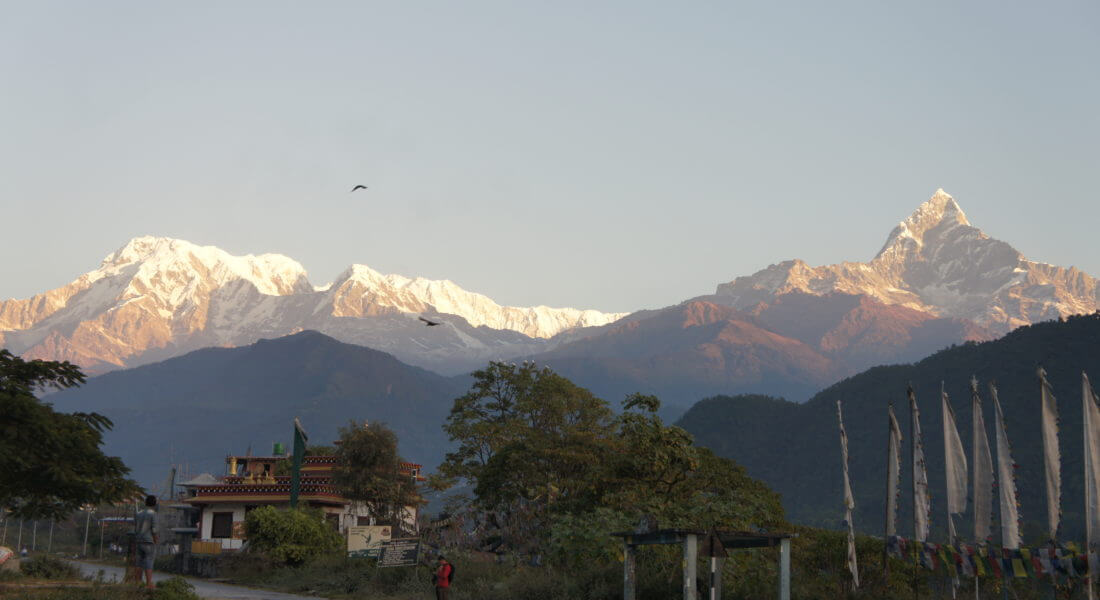
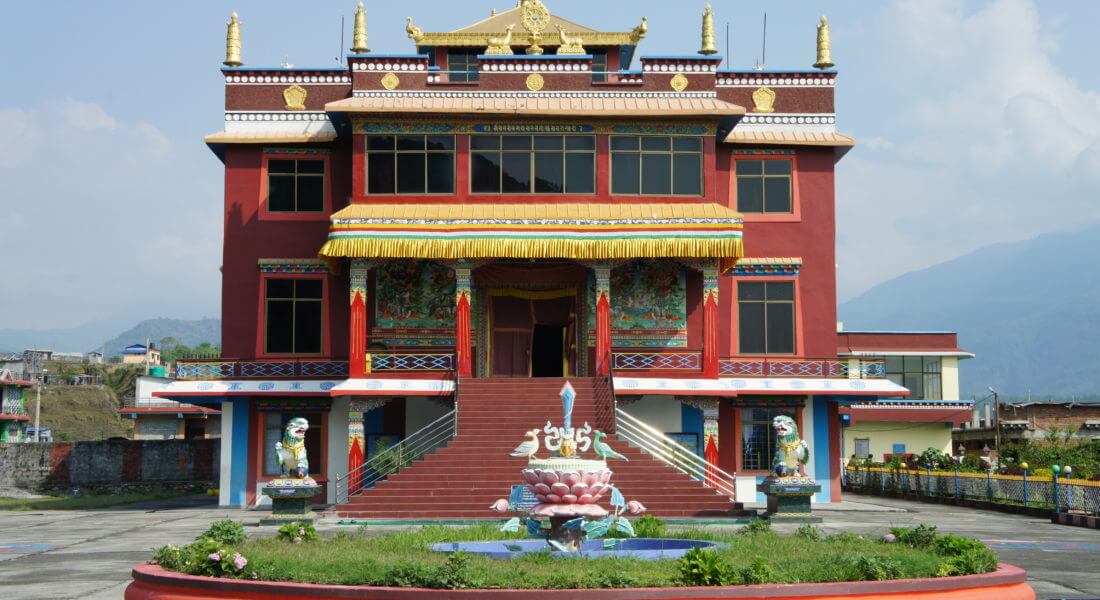
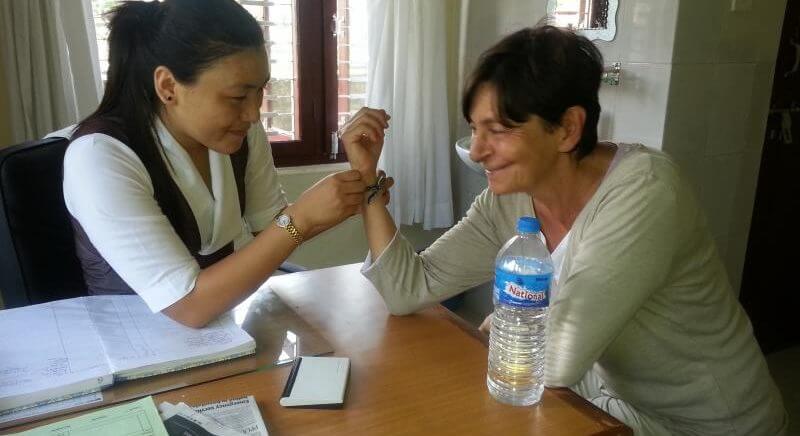
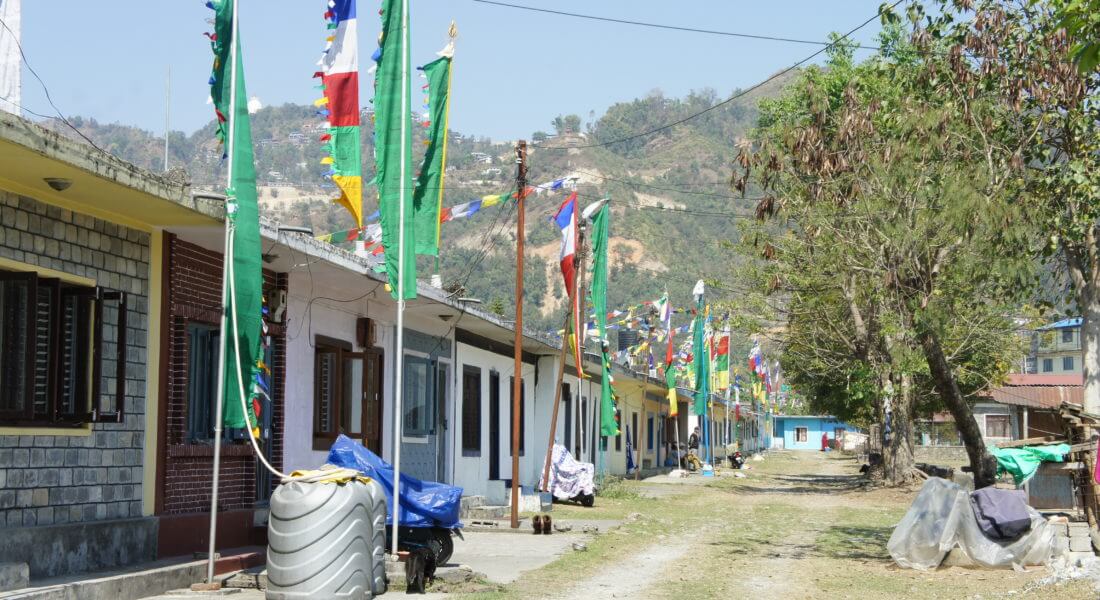
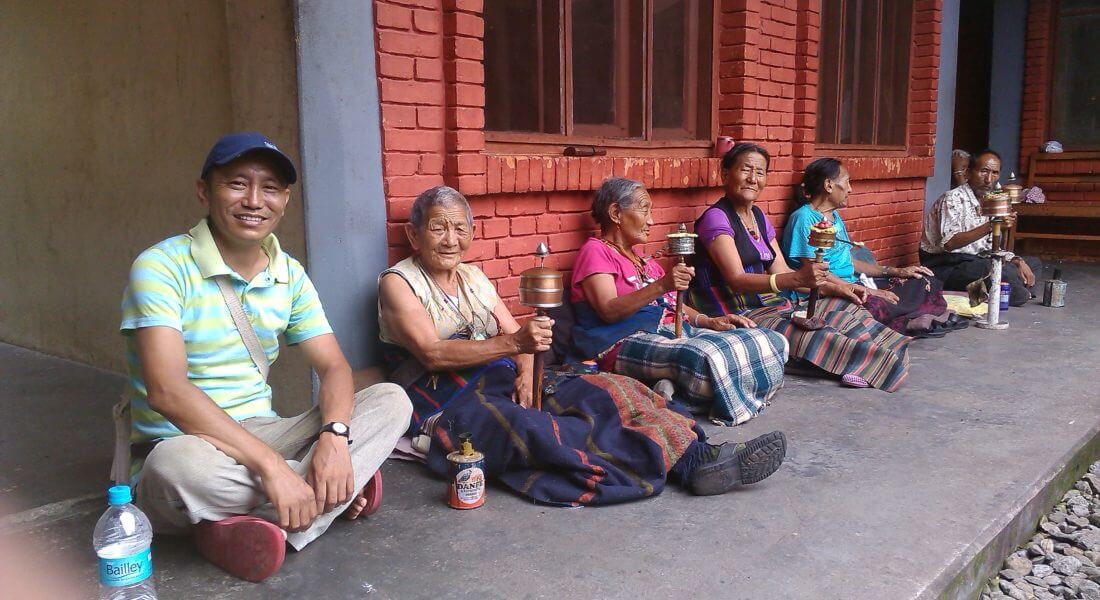
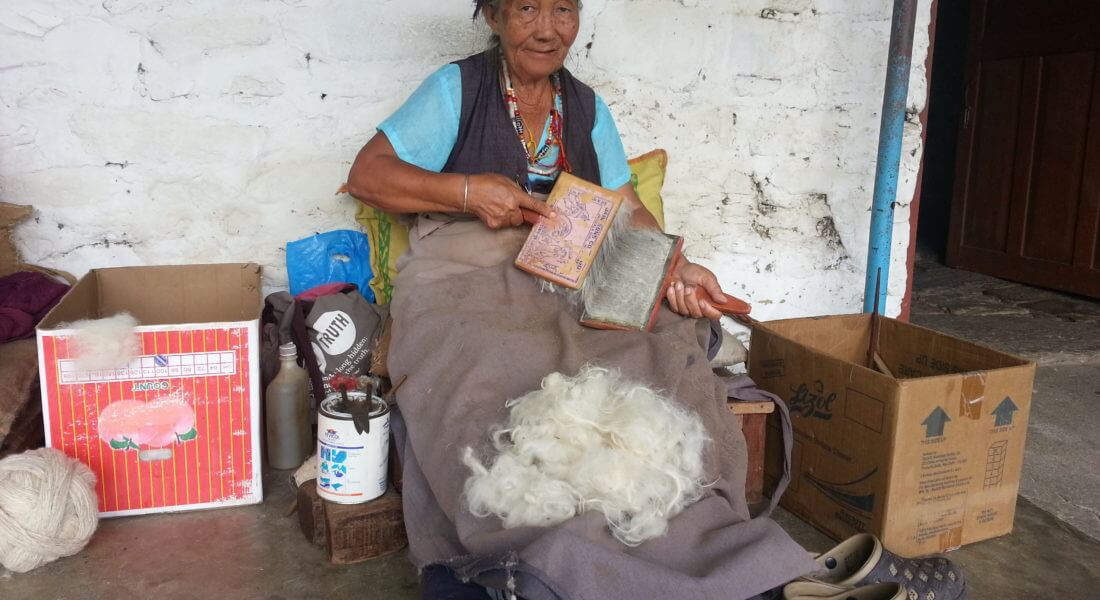
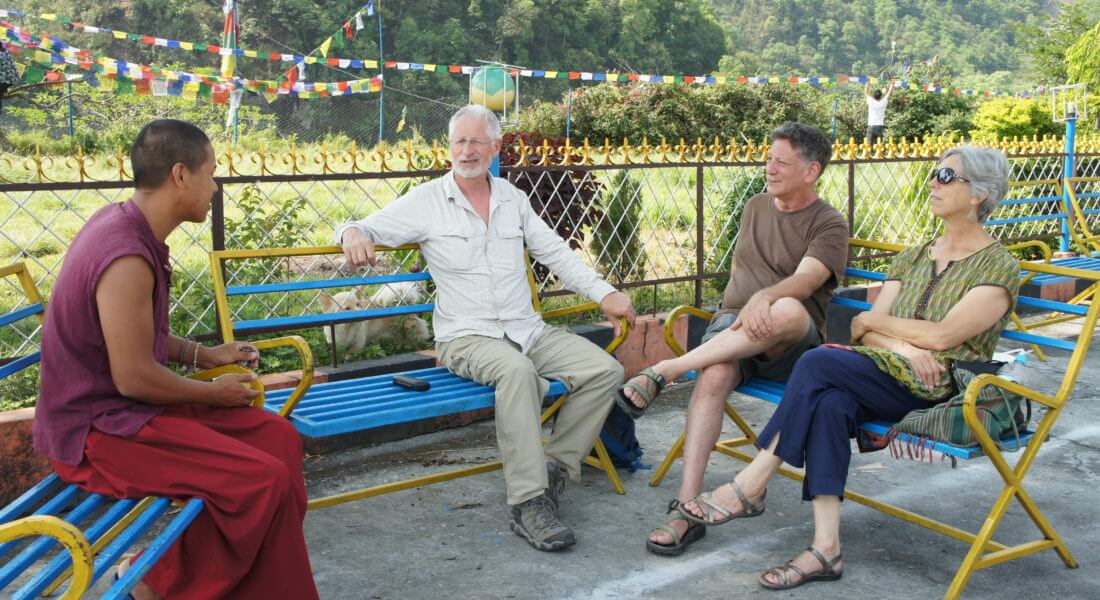
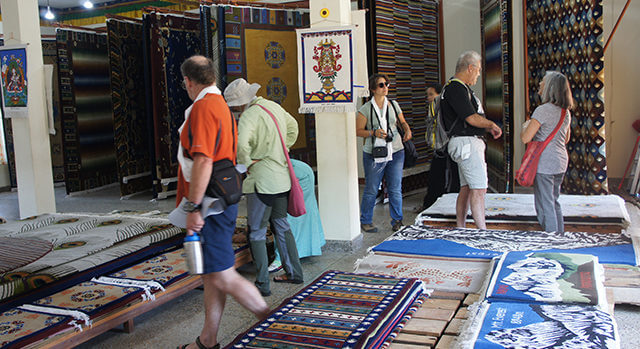
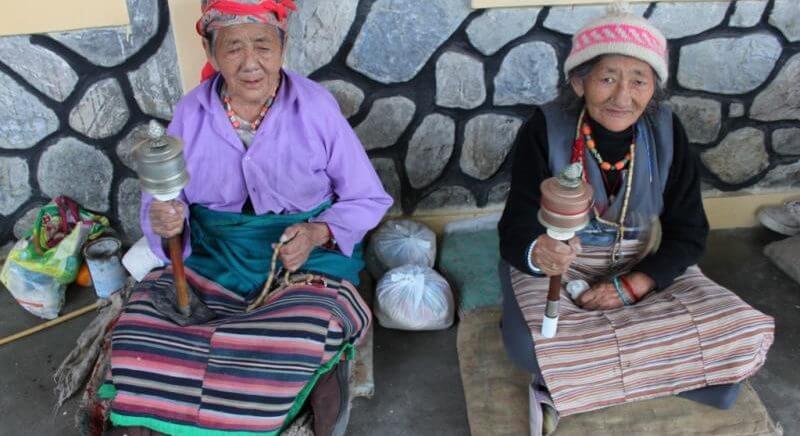
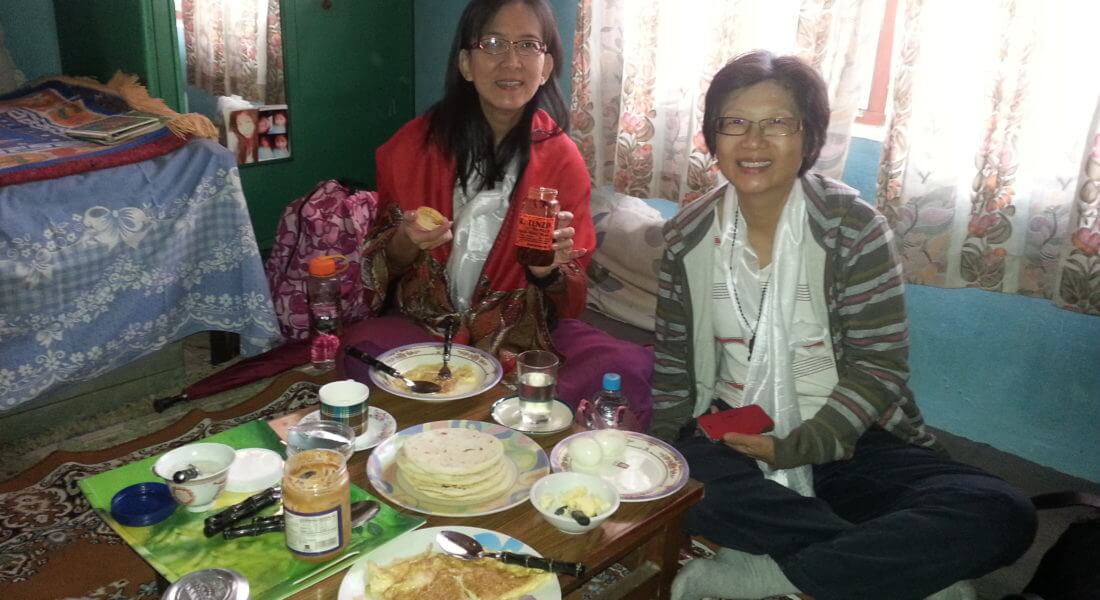
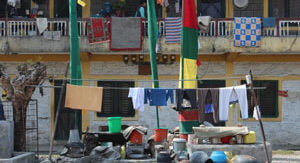
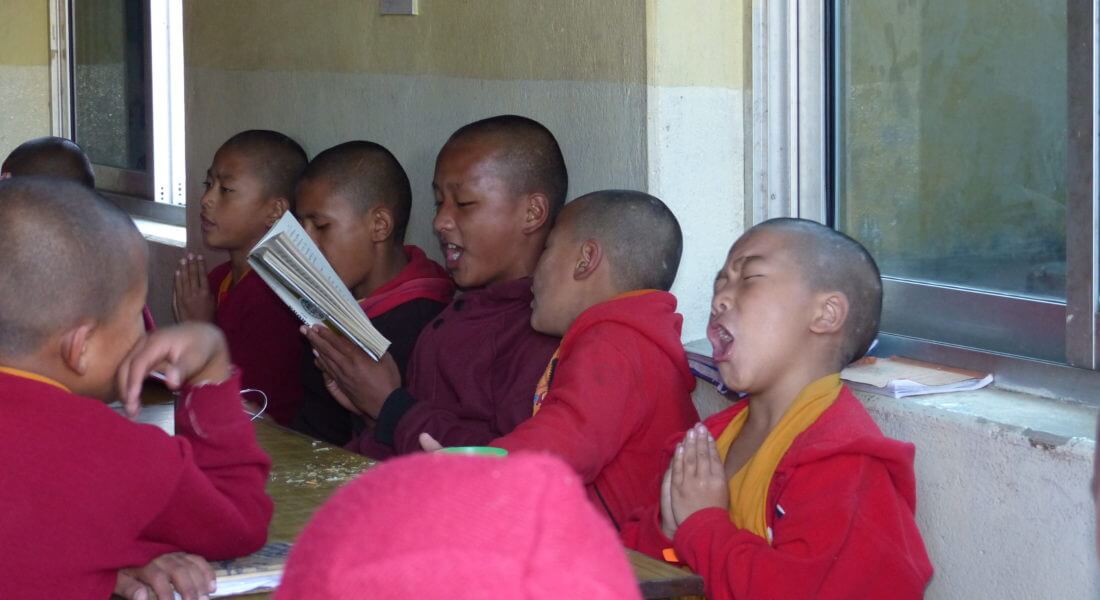
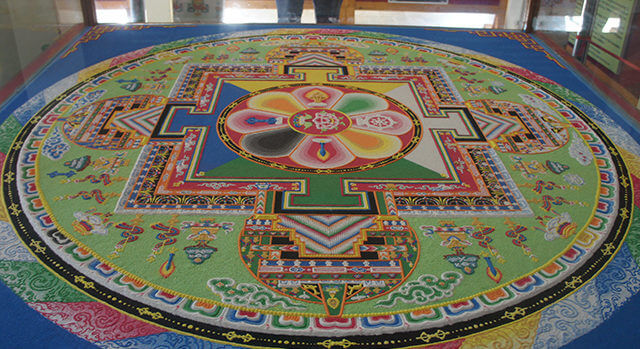
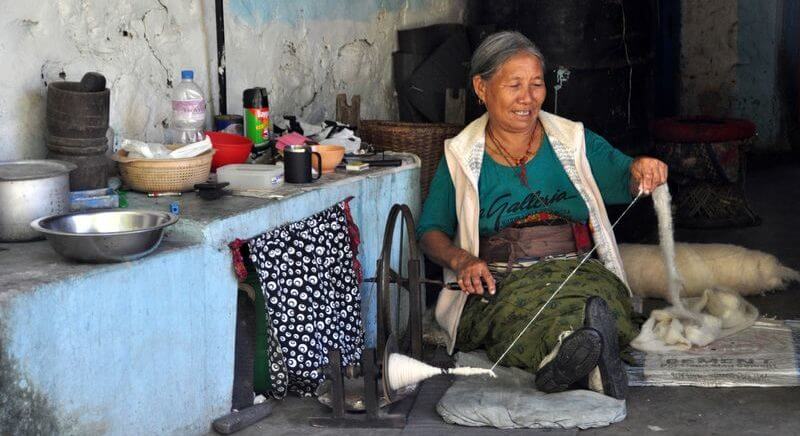
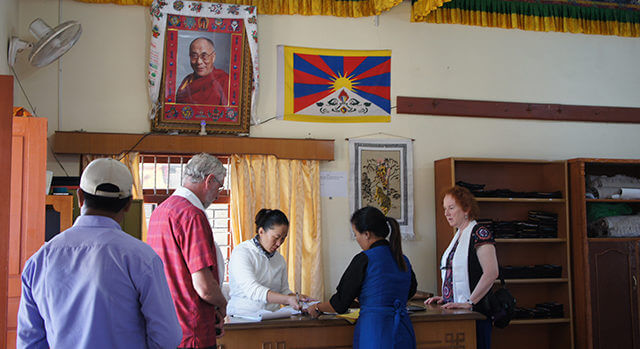
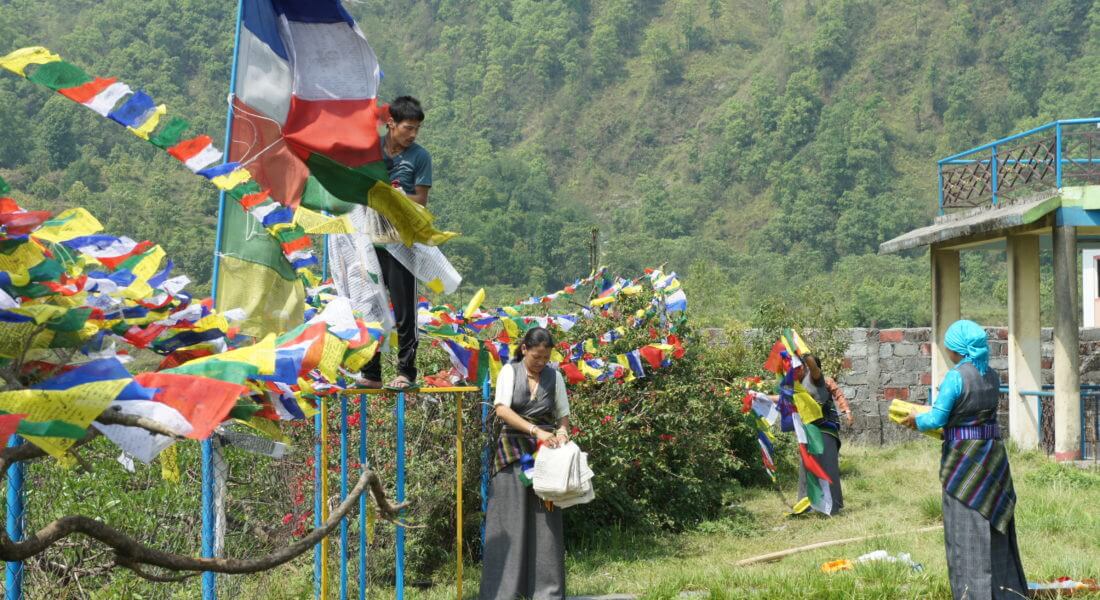
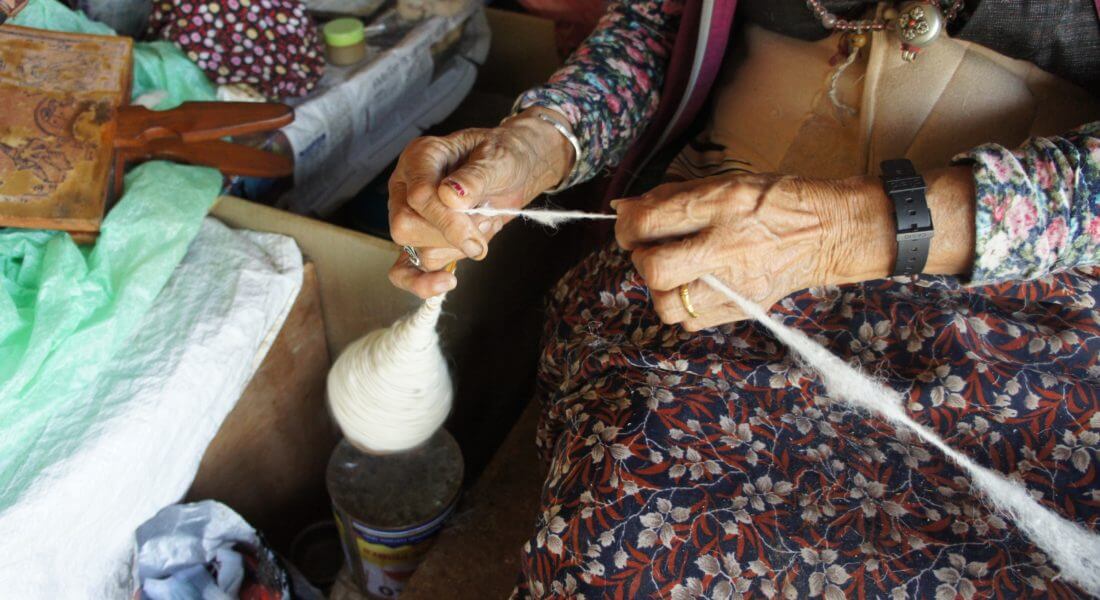
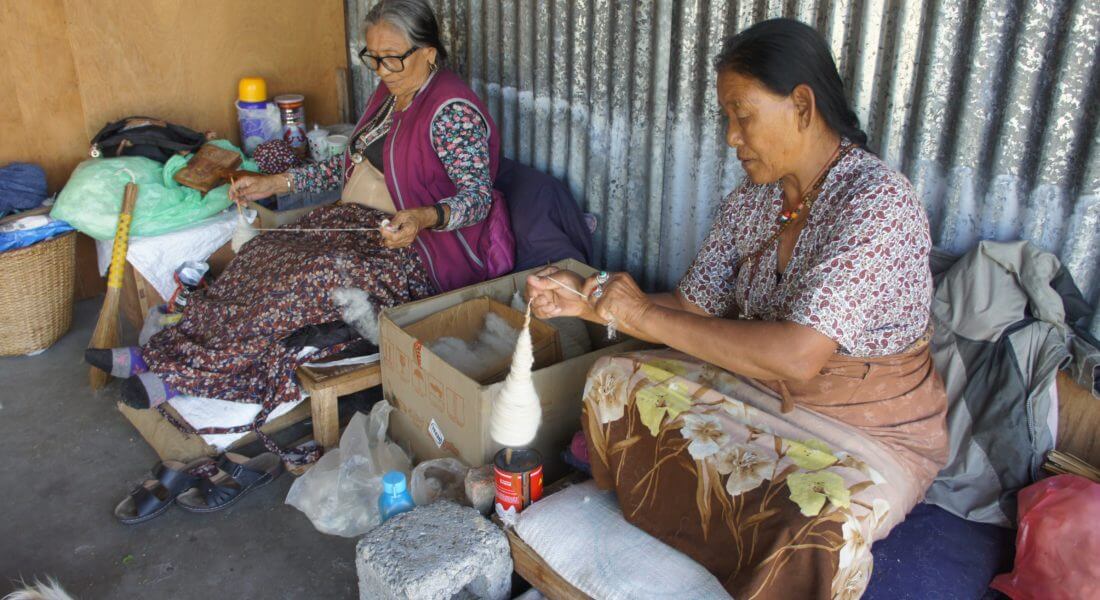
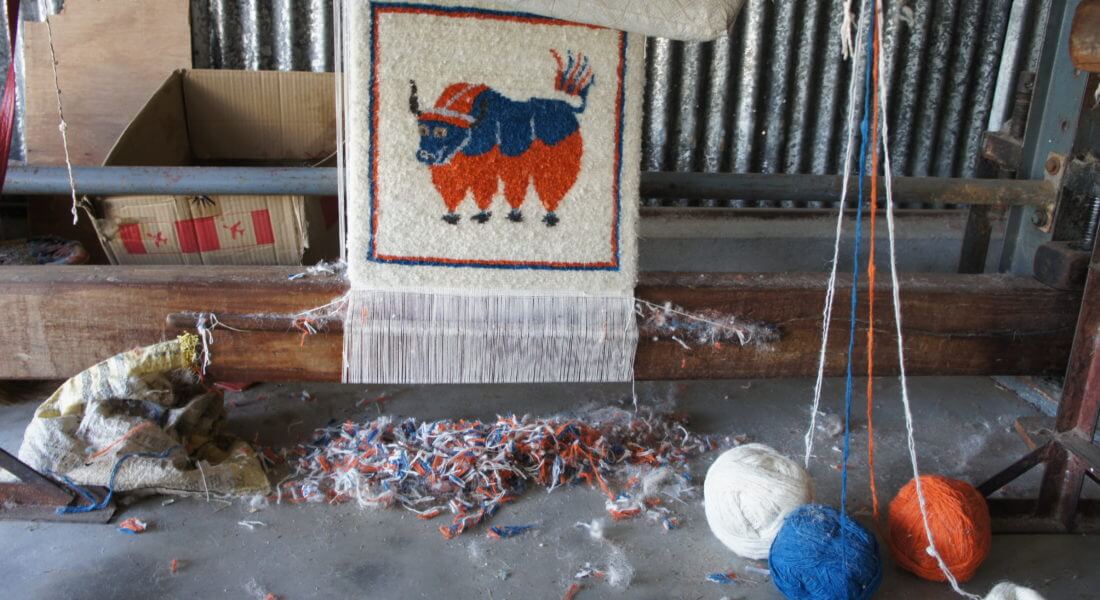
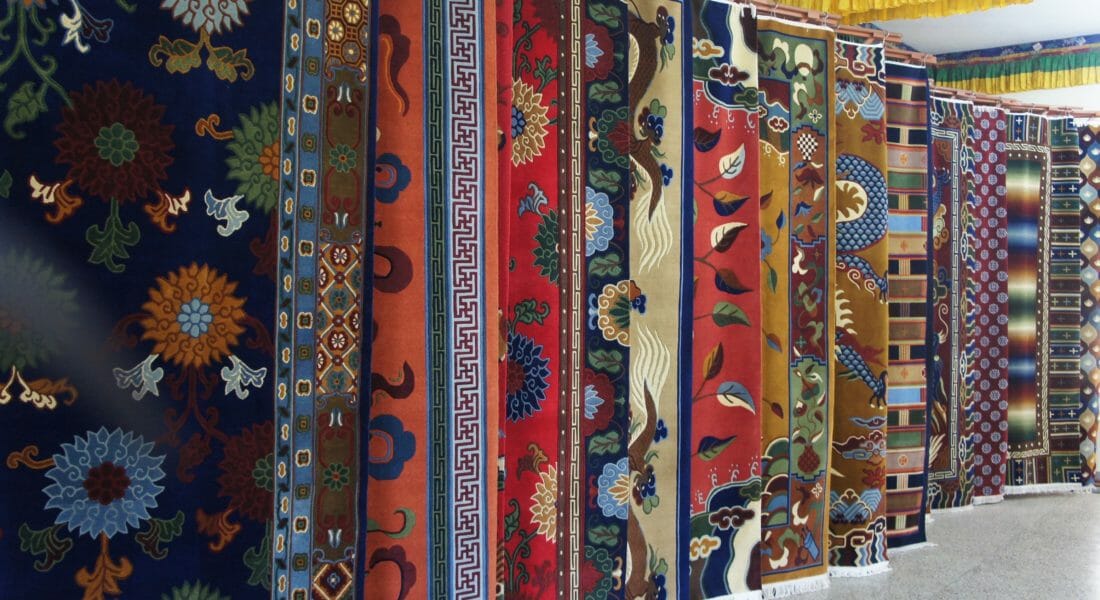
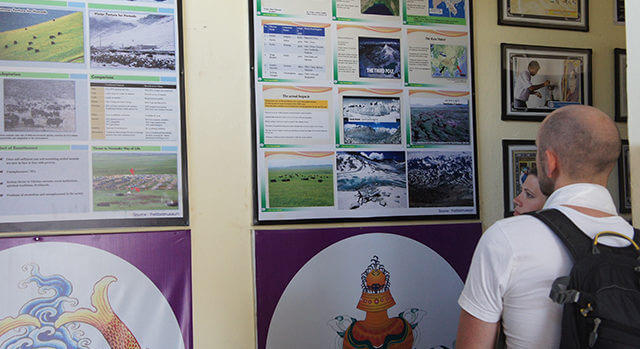
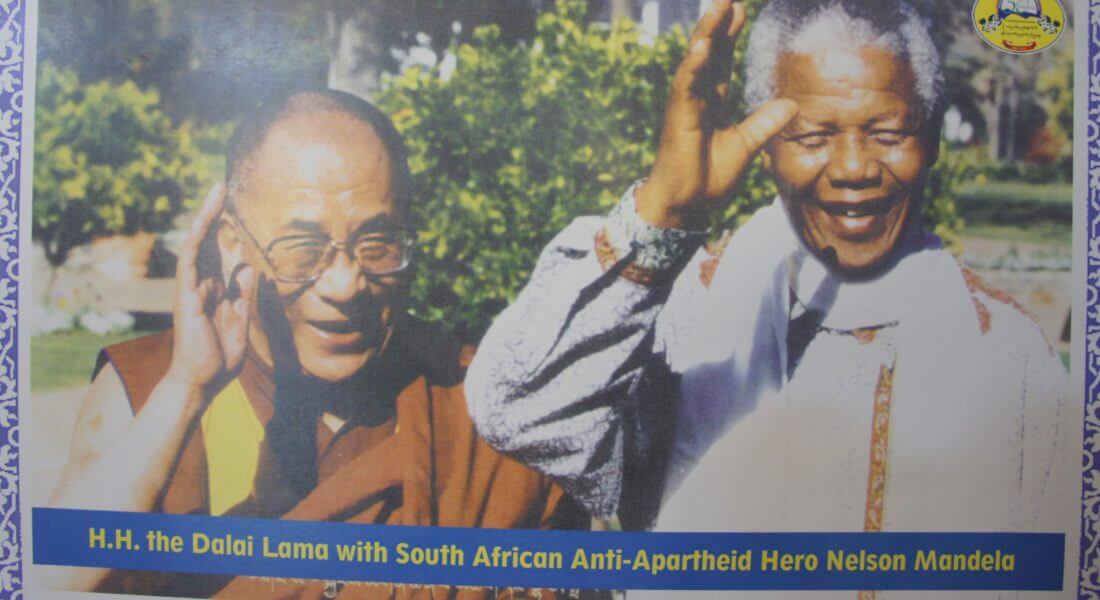
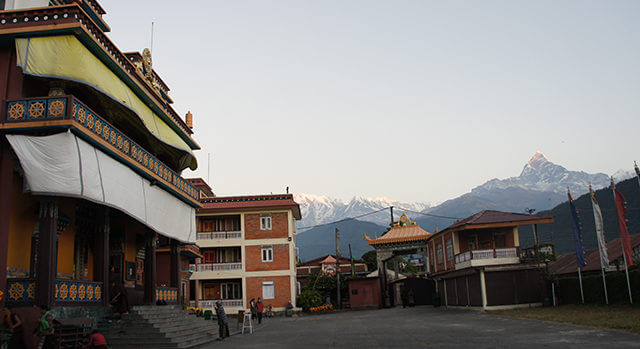
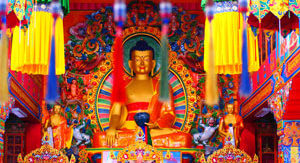
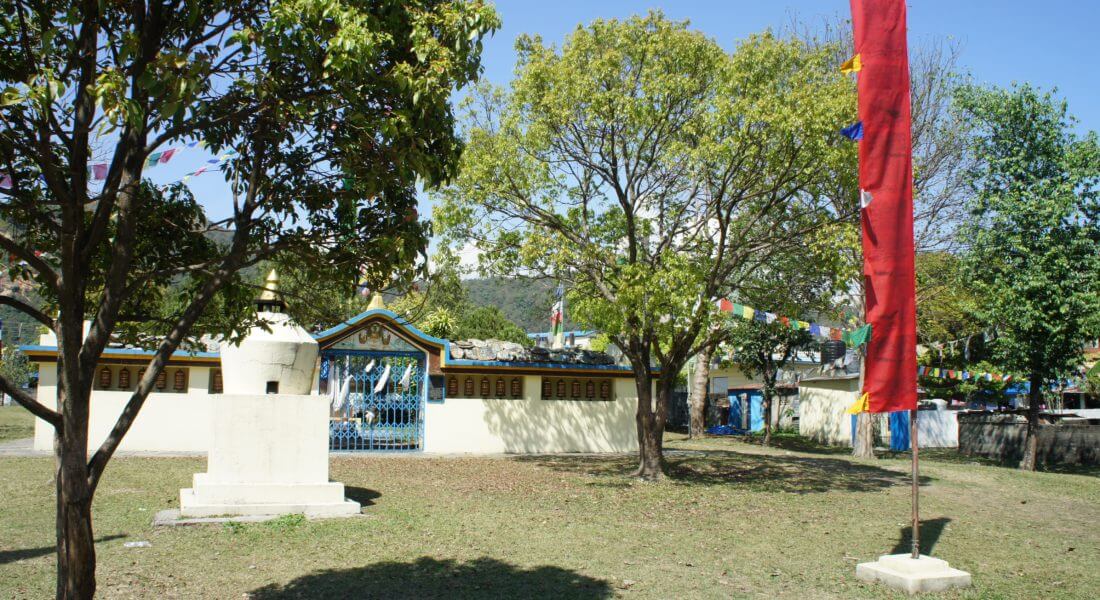
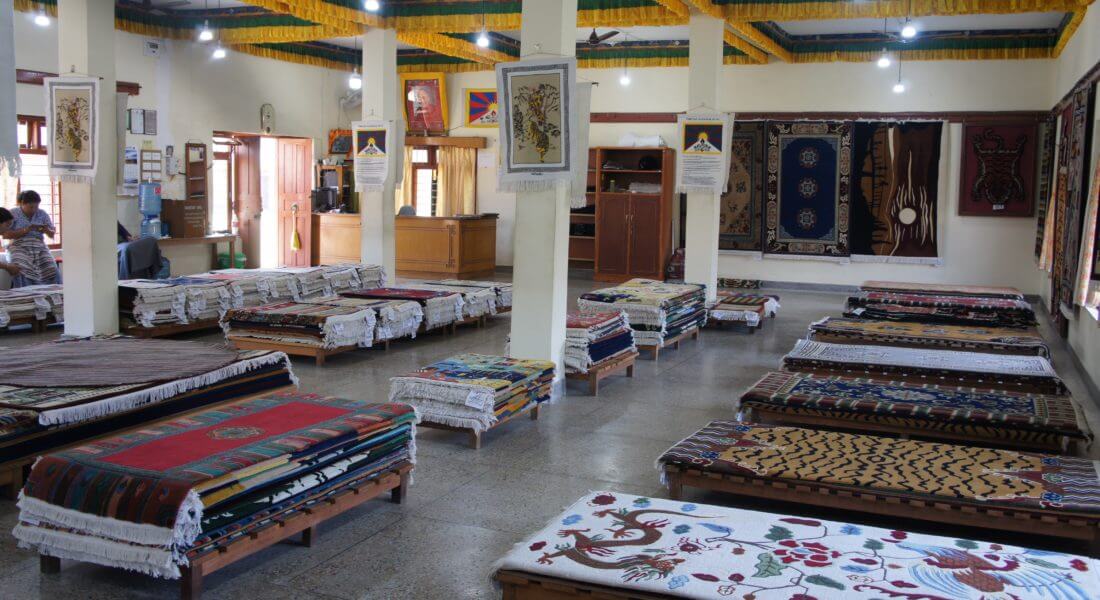
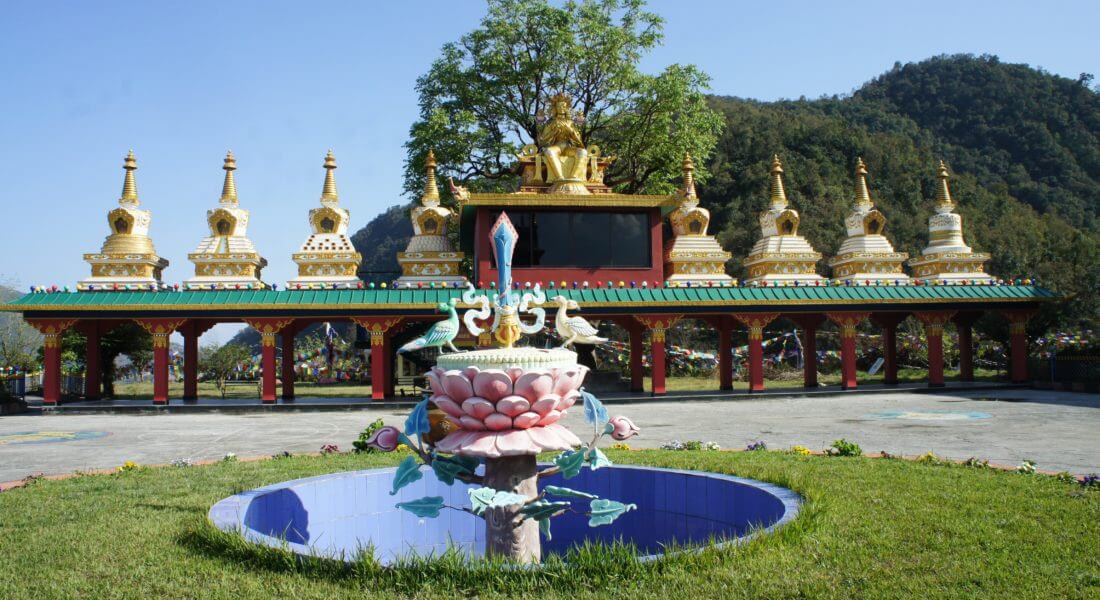
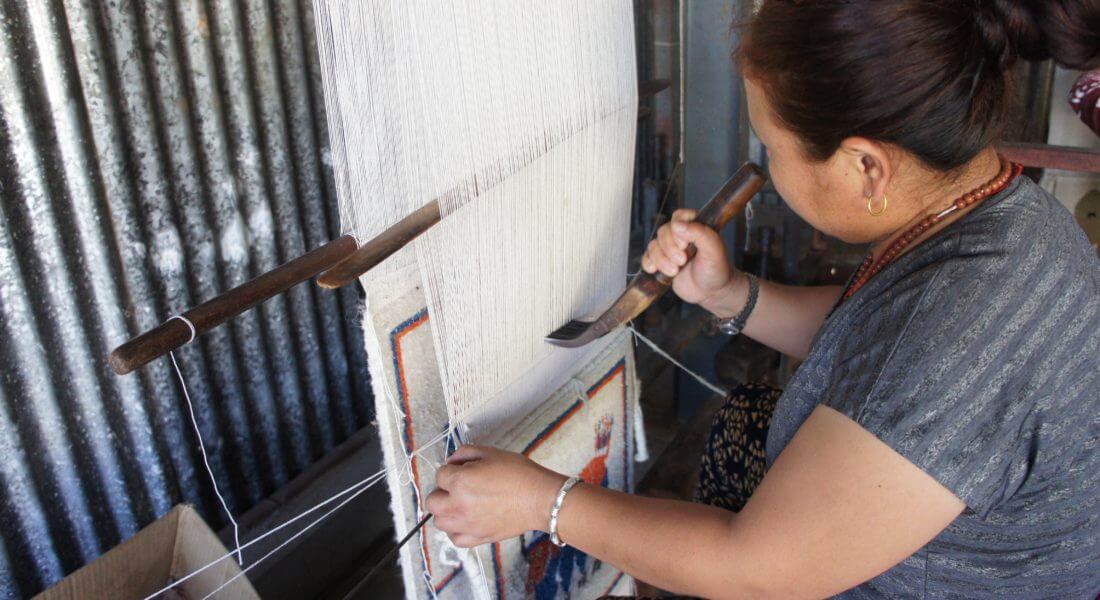
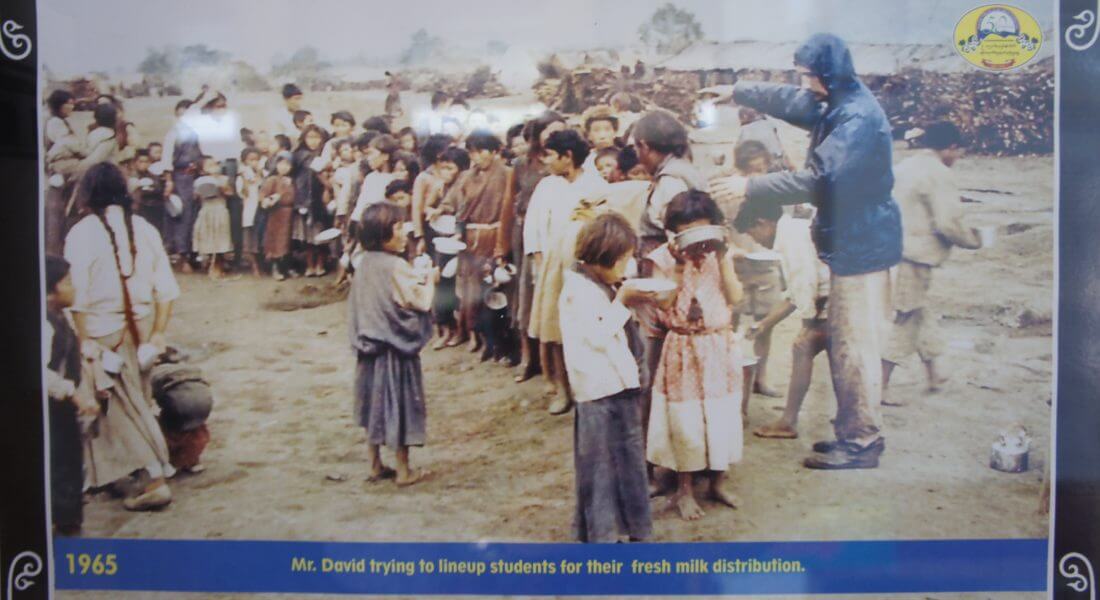
![IMGP5944_compresse[1]](https://tibetanencounter.com/wp-content/uploads/2014/09/IMGP5944_compresse1-800x436.jpg)
